A voyage of discovery on my own doorstep
Virus alert in all media, the last exhibition cancelled, meeting friends and travelling: not possible. What to do? Actually, a good opportunity to look a little more closely at the surroundings on your own doorstep. If you look closely, a walk along the Rhine can also mean setting out for new shores. And the Rhine Valley is very multifaceted - it combines many contrasts, which can make for exciting motifs. On the one hand, there is the idealized romanticism of the Rhine, which is used in Rüdesheim to pour the next round of Asbach Uralt for the tourists. And right next to the heroic sagas there is the busy waterway, which is also used by jet skis, canoeists and rubber boat artists. There are the beautiful castles and palaces high above the valley - but also a lot of peeled off -"Once upon a time"- exteriors in the small towns along the river, where a goods train rumbles through the backyards every 5 minutes. These contrasts have always attracted me, and so I set out in search of my very own Rhine romanticism.
All the pictures in this series were taken - in keeping with the Rhine romanticism - using classic, analogue black-and-white techniques. The pictures were taken on film and enlarged on photographic paper in the photo lab. The prints in this series are hand-made on baryta paper.
Why analog?
The pictures for my series "Rhine Romanticism" were taken using analog technology. Now, of course, you might think I'm a nostalgic person, because analog photography is at least as outdated as the Siegfried saga. But for me, working with film and photochemistry has something genuine and authentic about it. In my day-to-day work as a designer, I naturally work with modern digital technology, and I certainly appreciate the advantages of digital photography. Speed and cost reduction play a decisive role in everyday professional life.
However, photography has lost a lot of credibility in recent years due to its digitalization. The ease with which images can be manipulated - anytime, anywhere - has robbed photographs of their evidential value, and the mass dissemination of photos in seconds via the internet and social media has led to an unmanageable flood of bad images. As viewers, we have become accustomed to being lied to with images - and have adjusted our viewing habits accordingly. And when it comes to the manipulability of images, I know what I'm talking about, because working with Photoshop & Co is my "daily bread".
All the more it appeals to me to implement some of my artistic projects analog and depending on the idea, the analog workflow, beyond the cloud, is part of the concept. For me, it is decelerated photography, which gives me the feeling of having time. I think carefully about which perspective and focus I choose. I consciously focus on the lighting conditions of the shooting situation, because I can't and don't want to change the lighting mood afterwards - instead, I try to "read" the light and resign myself to occasionally having to wait for the right cloud or gap in the clouds. For some shots it is essential to be in the right place at the right moment and to be able to recognize the situation at that moment. When I come home from my forays along the Rhine, I don't yet know how my shots turned out. That is not bad, because I have more time than a 125th of a second. And processing the exposed films into finished paper images in my lab is an integral part of the creation process. There is still something magical for me about the moment when the image slowly appears in the lab tray. Each of these images is unique - and the honest analog look of the images is very difficult to simulate with digital camera & Photoshop.






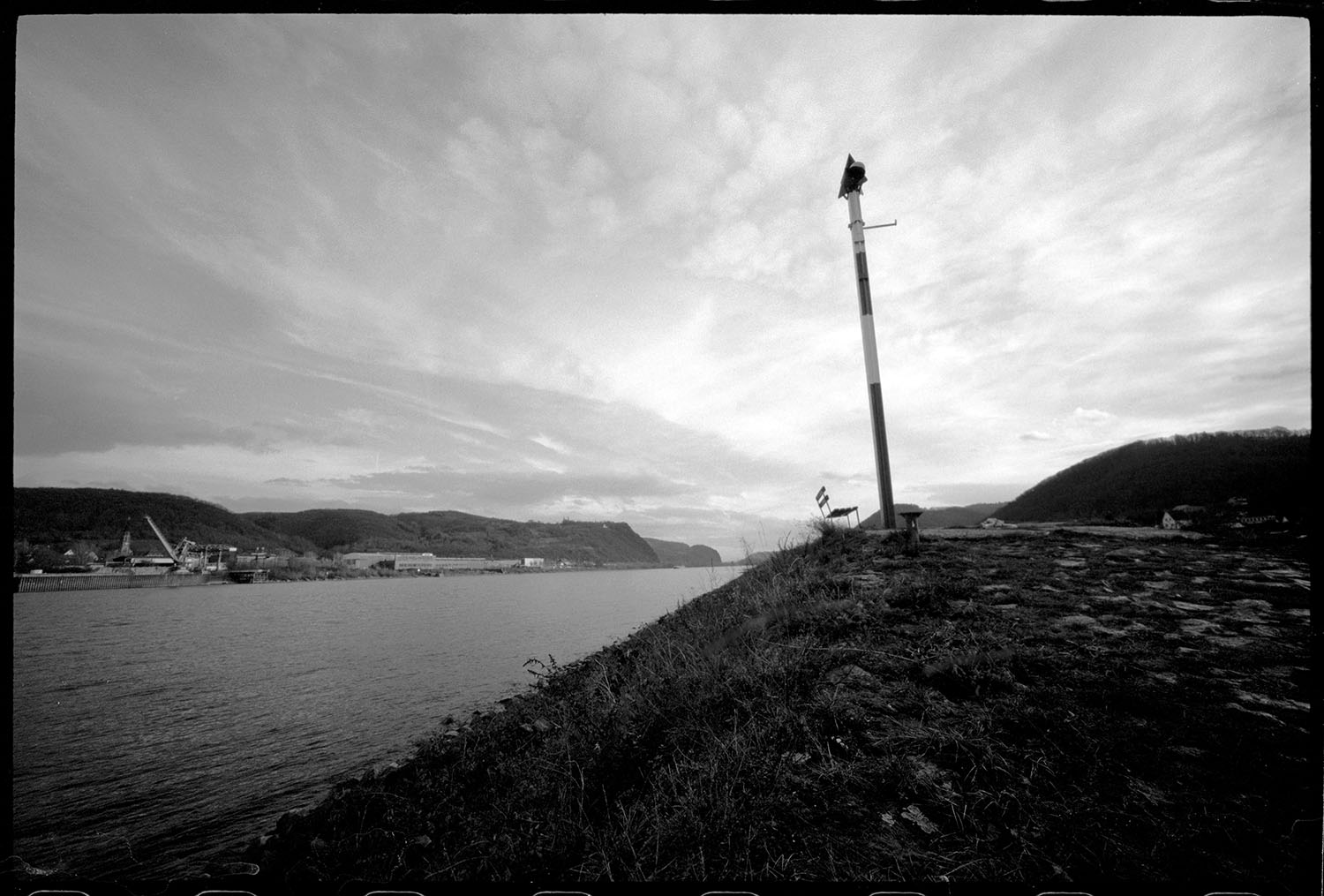
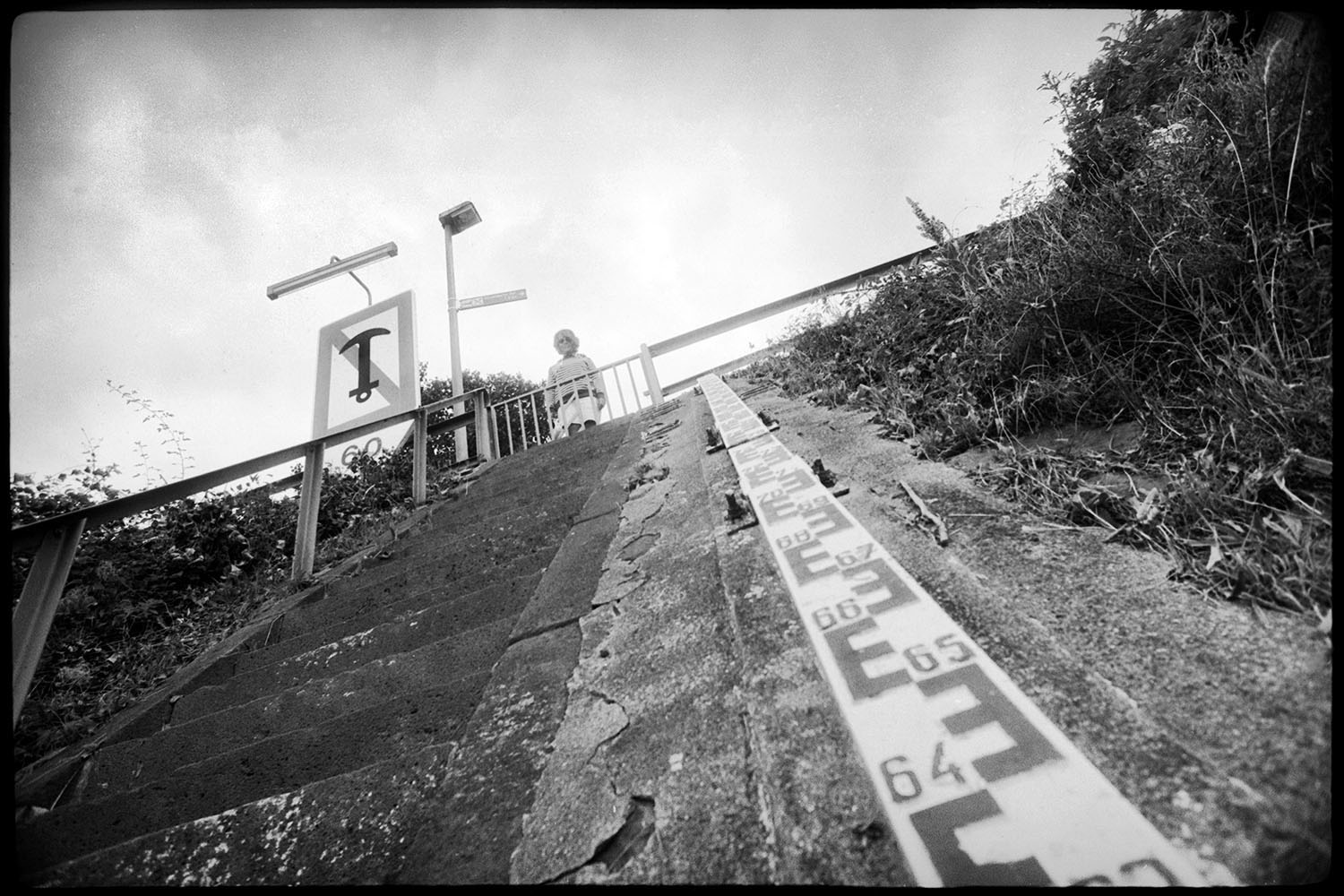
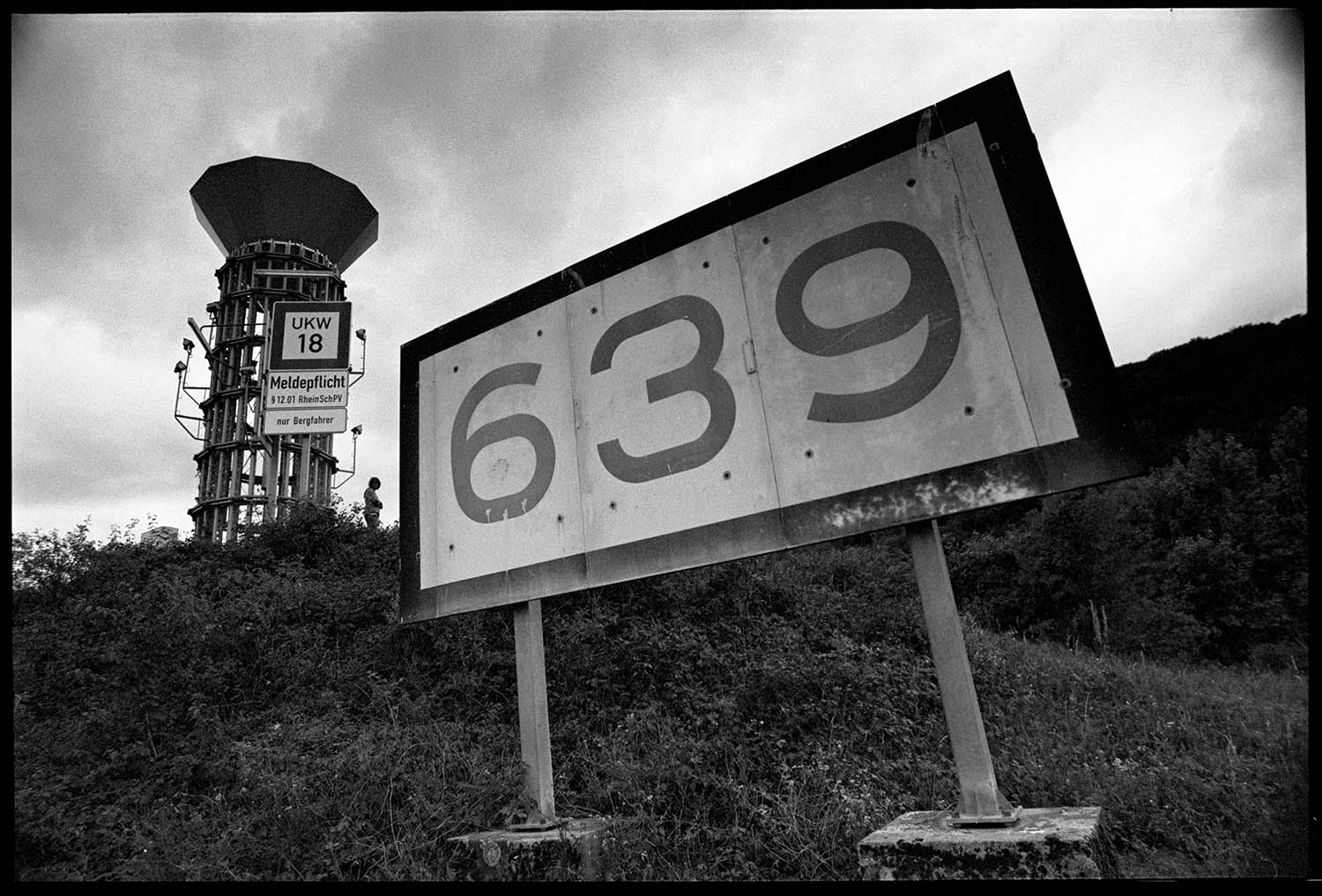
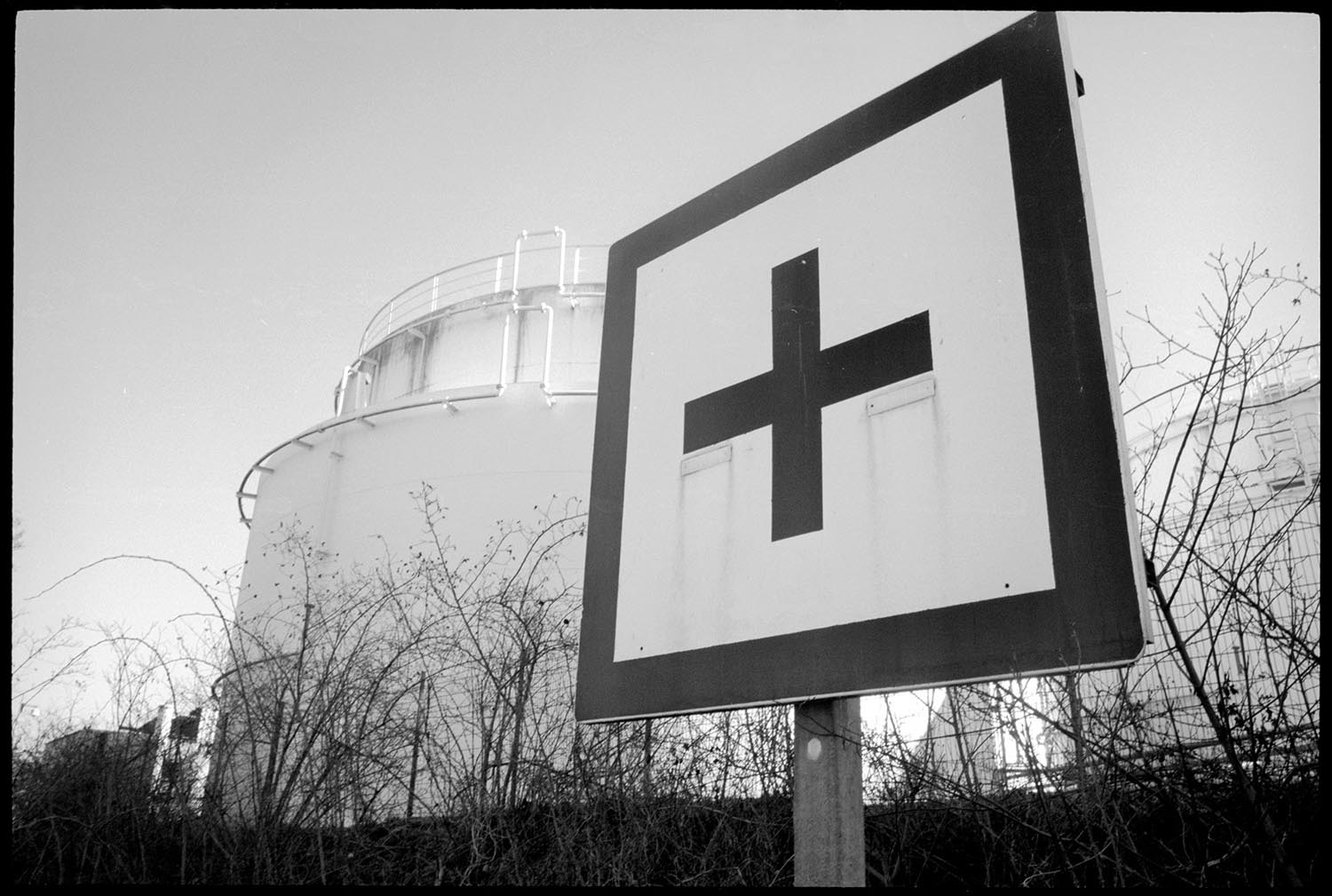
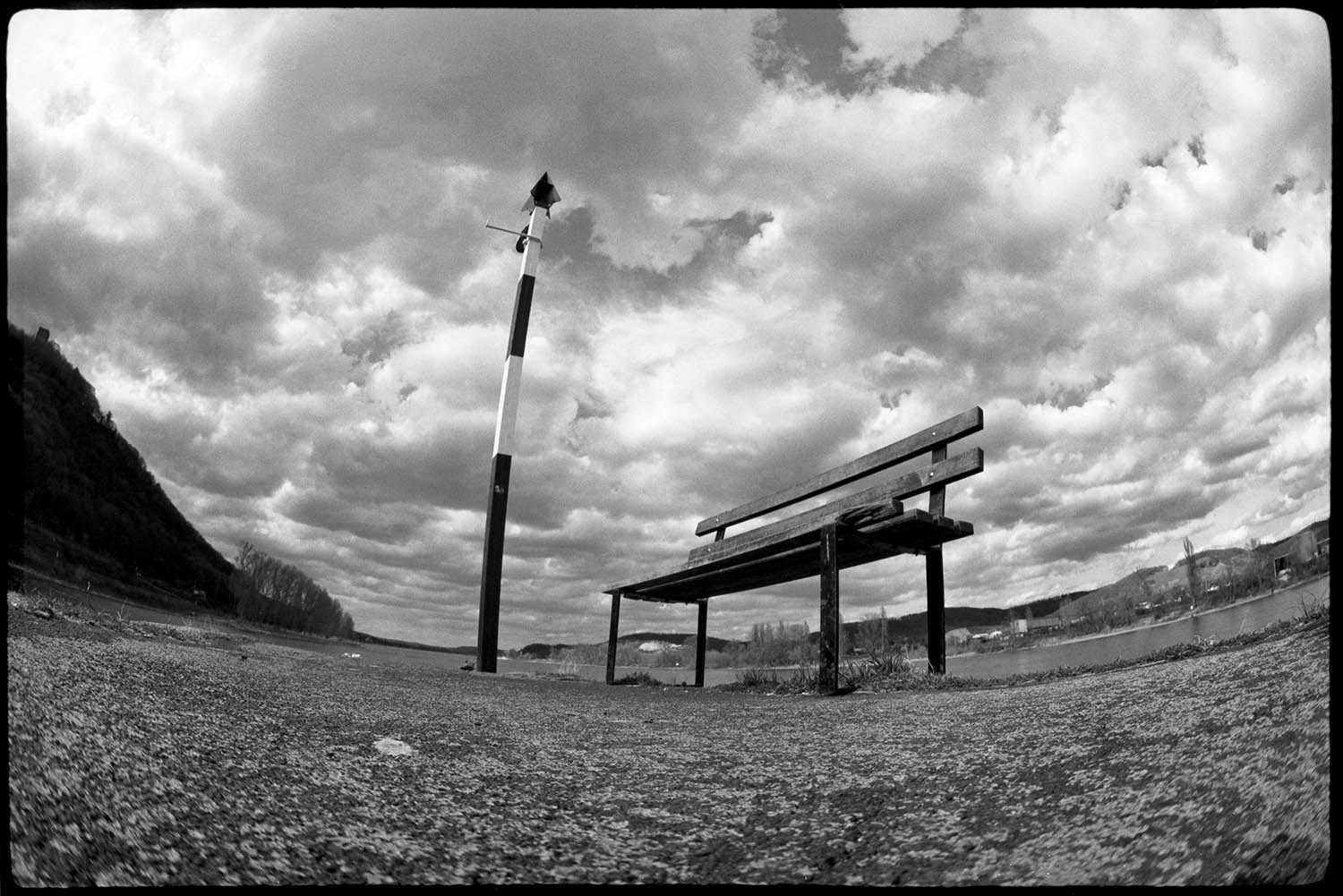
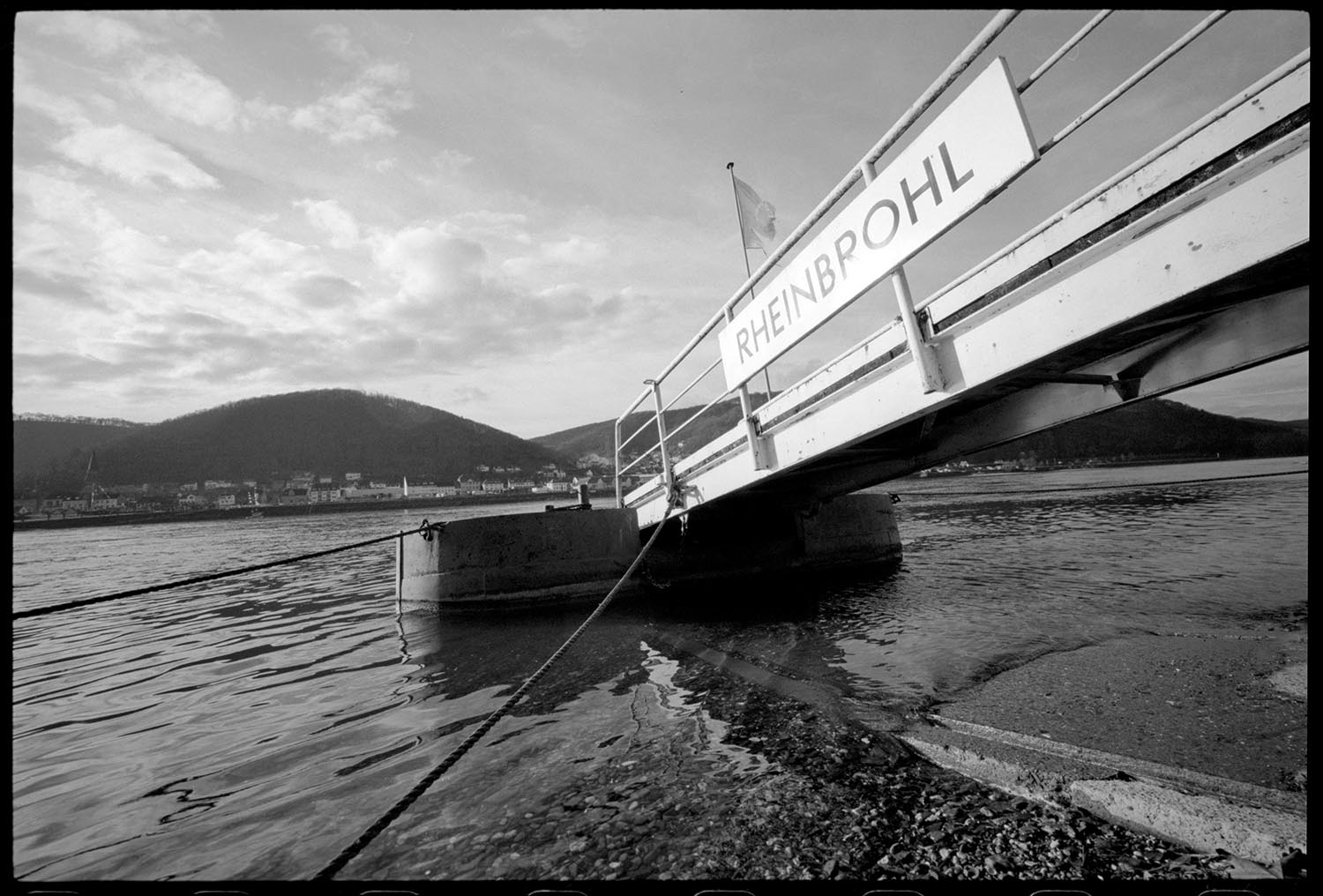
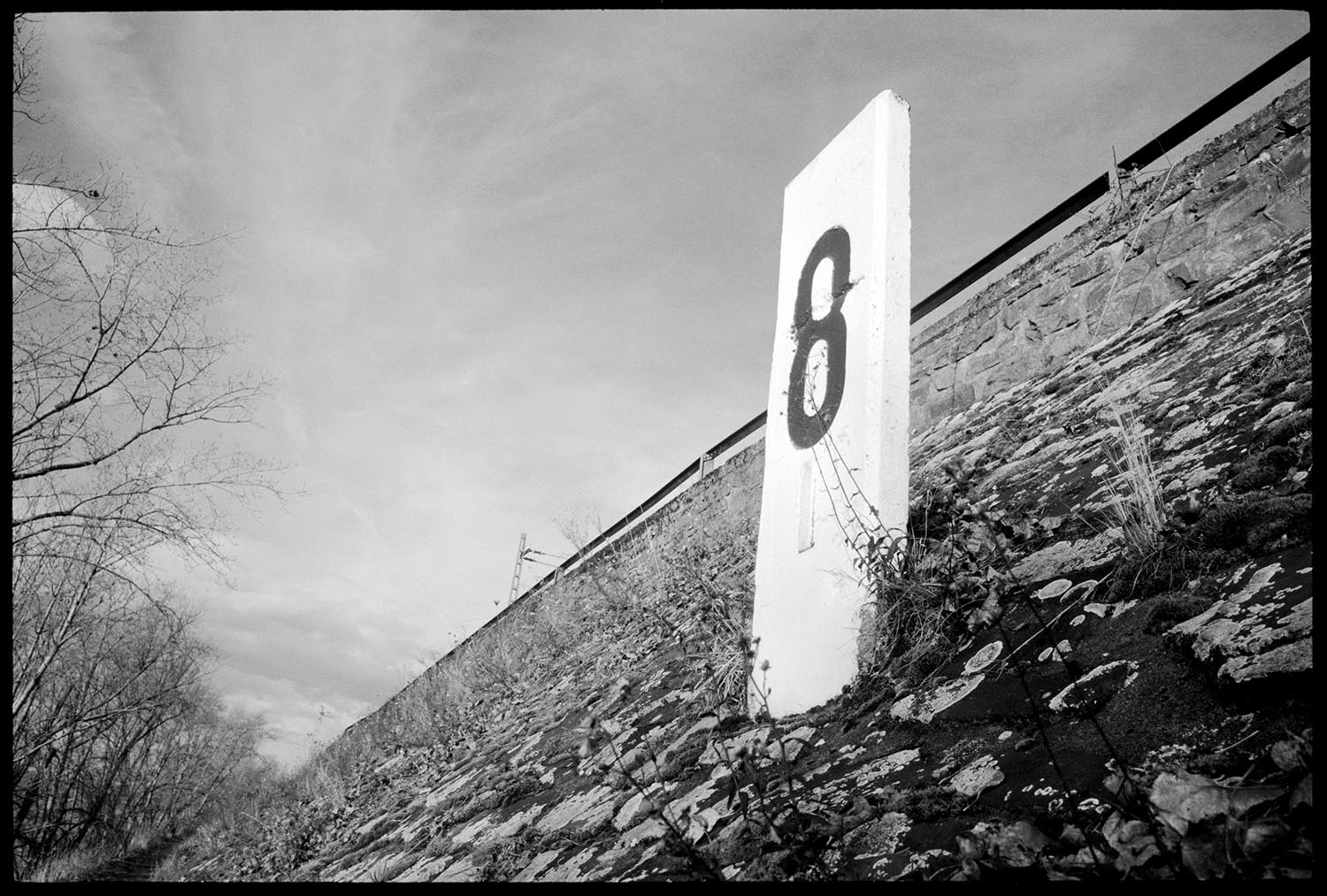
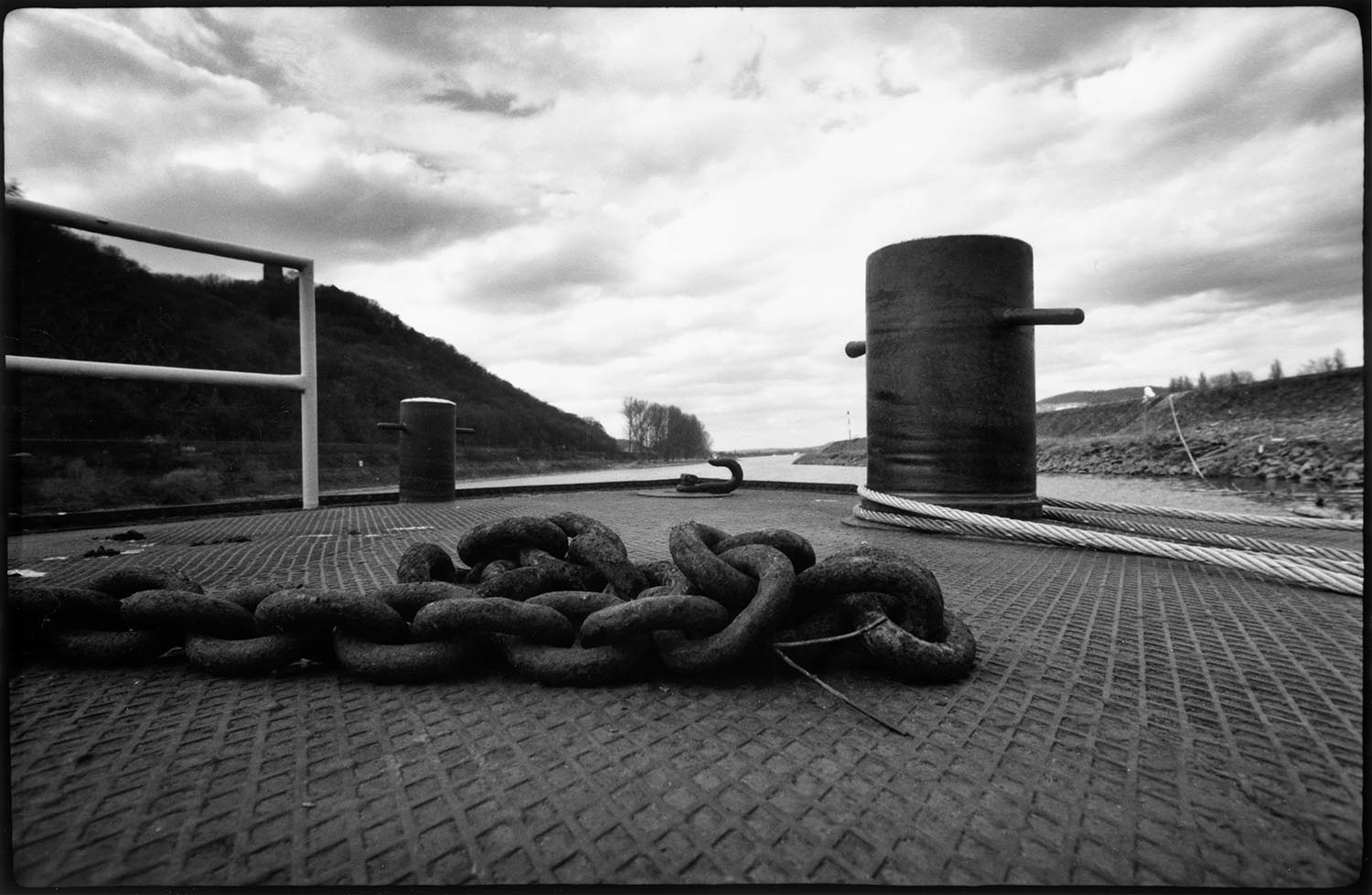
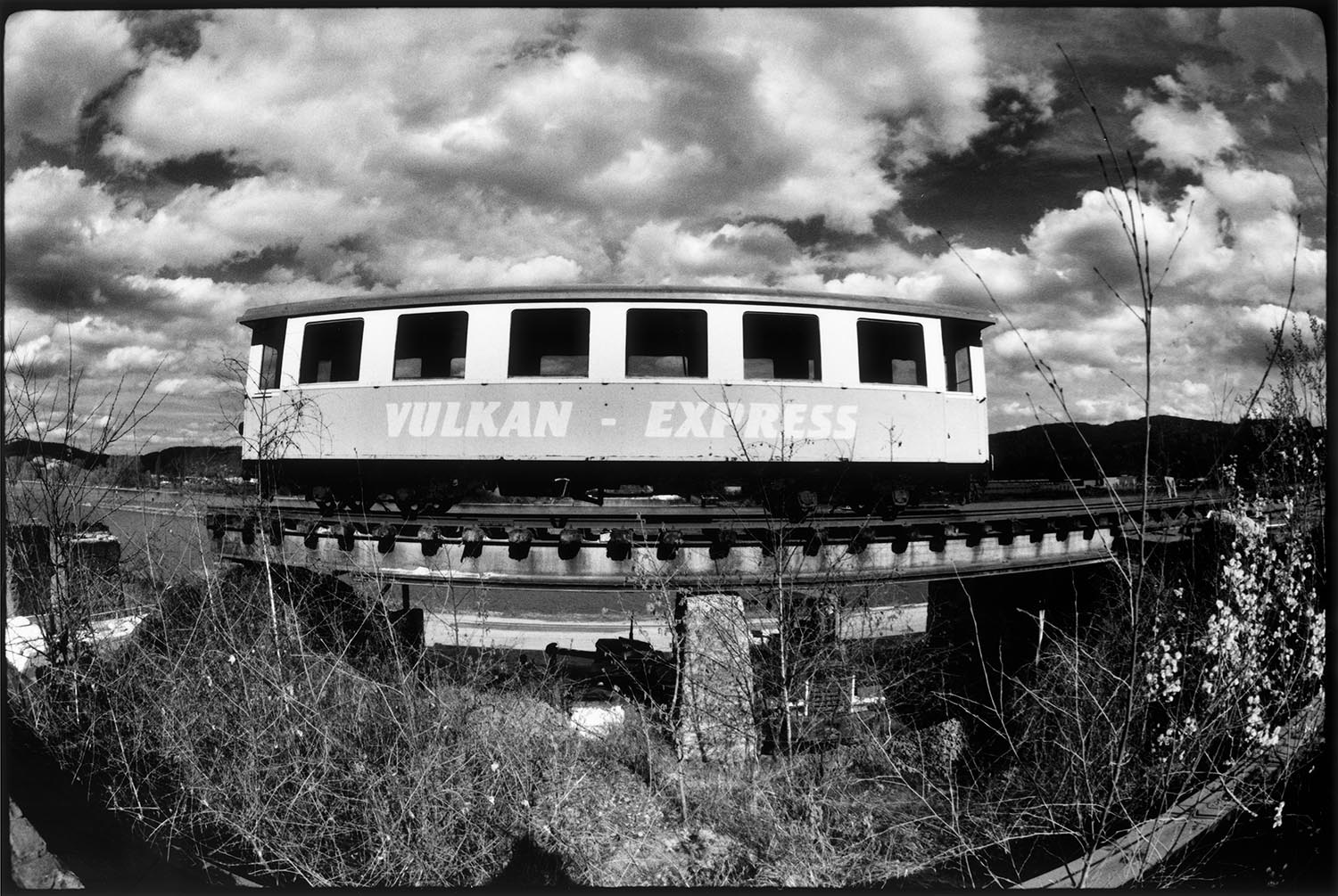
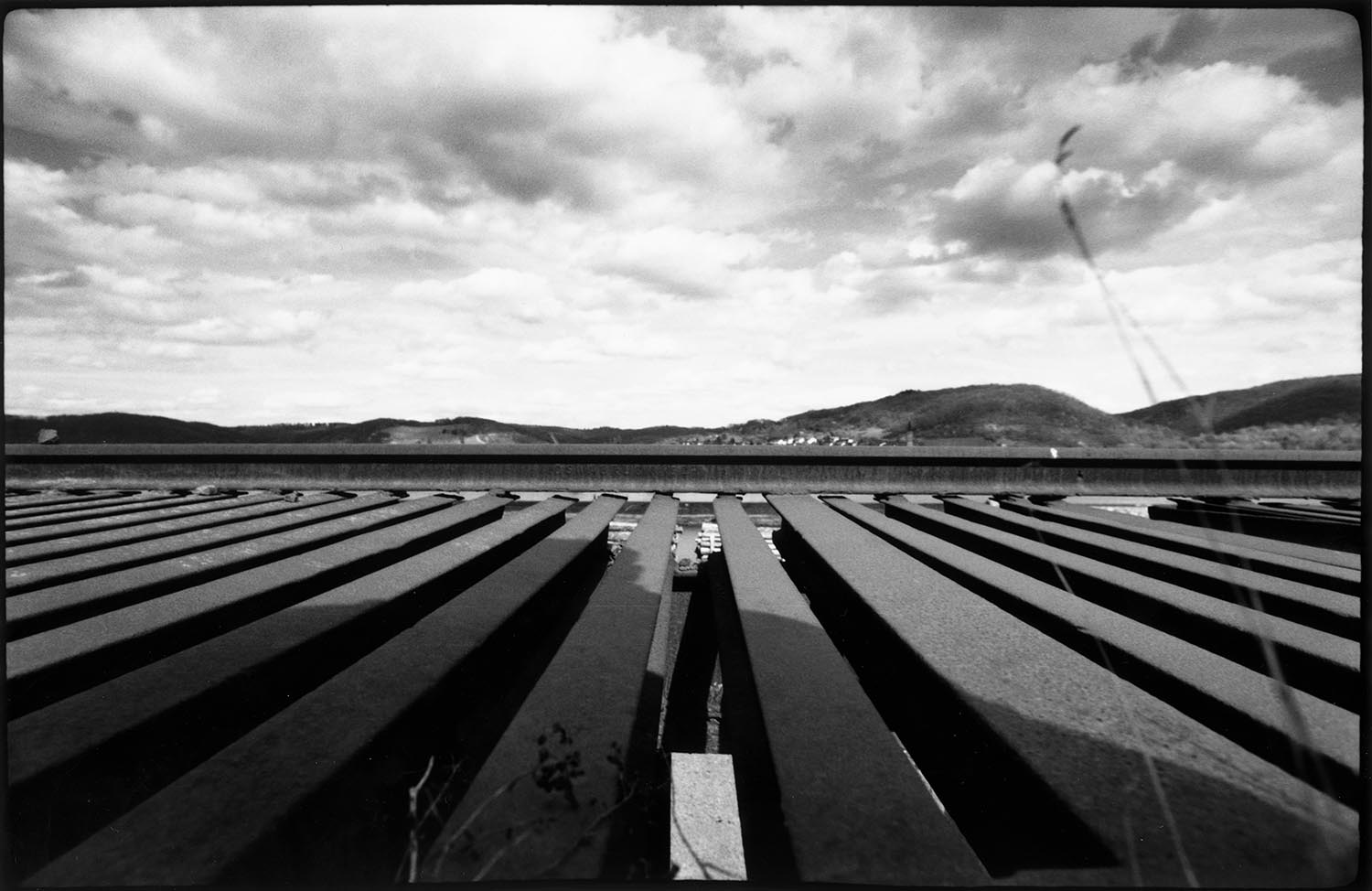
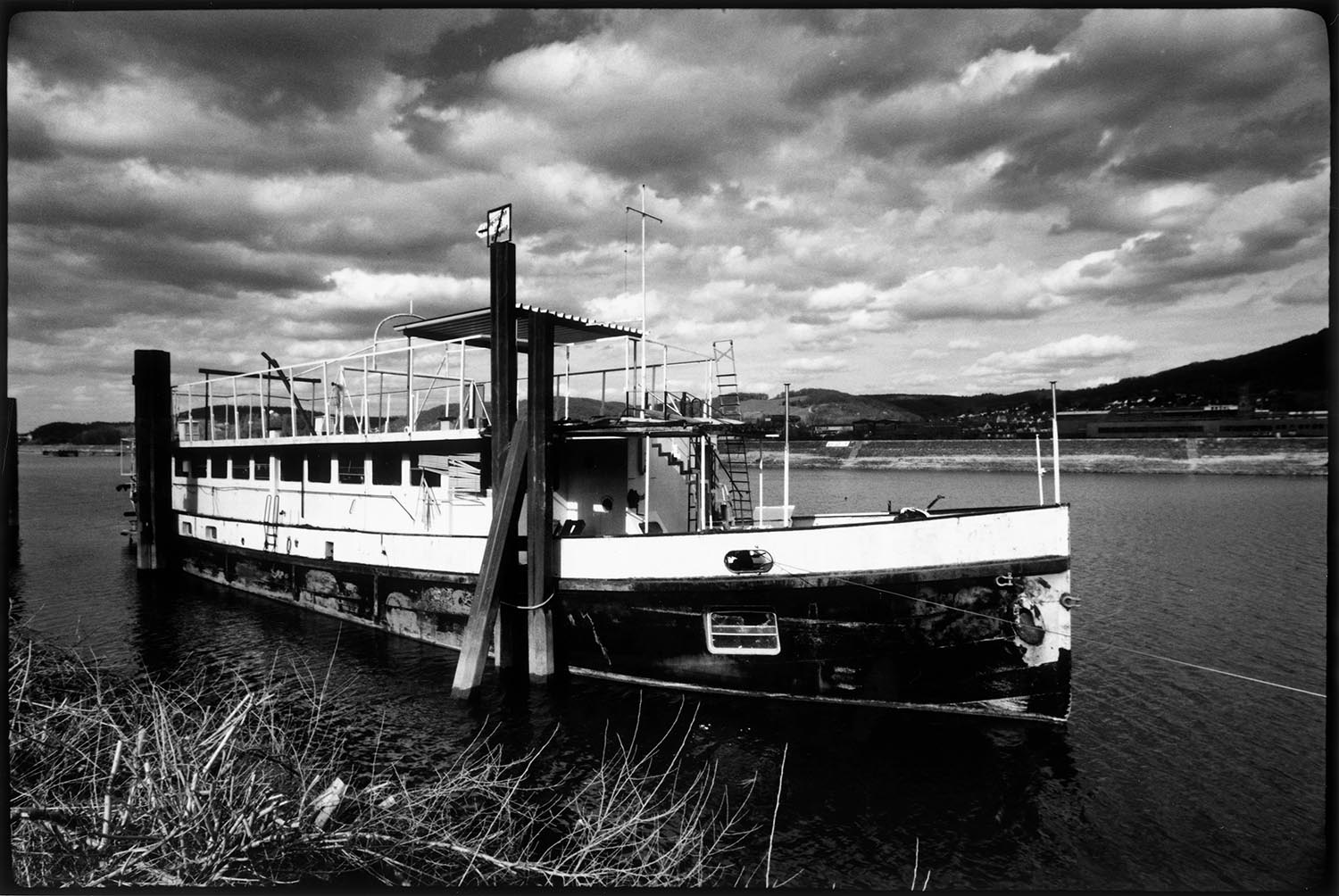
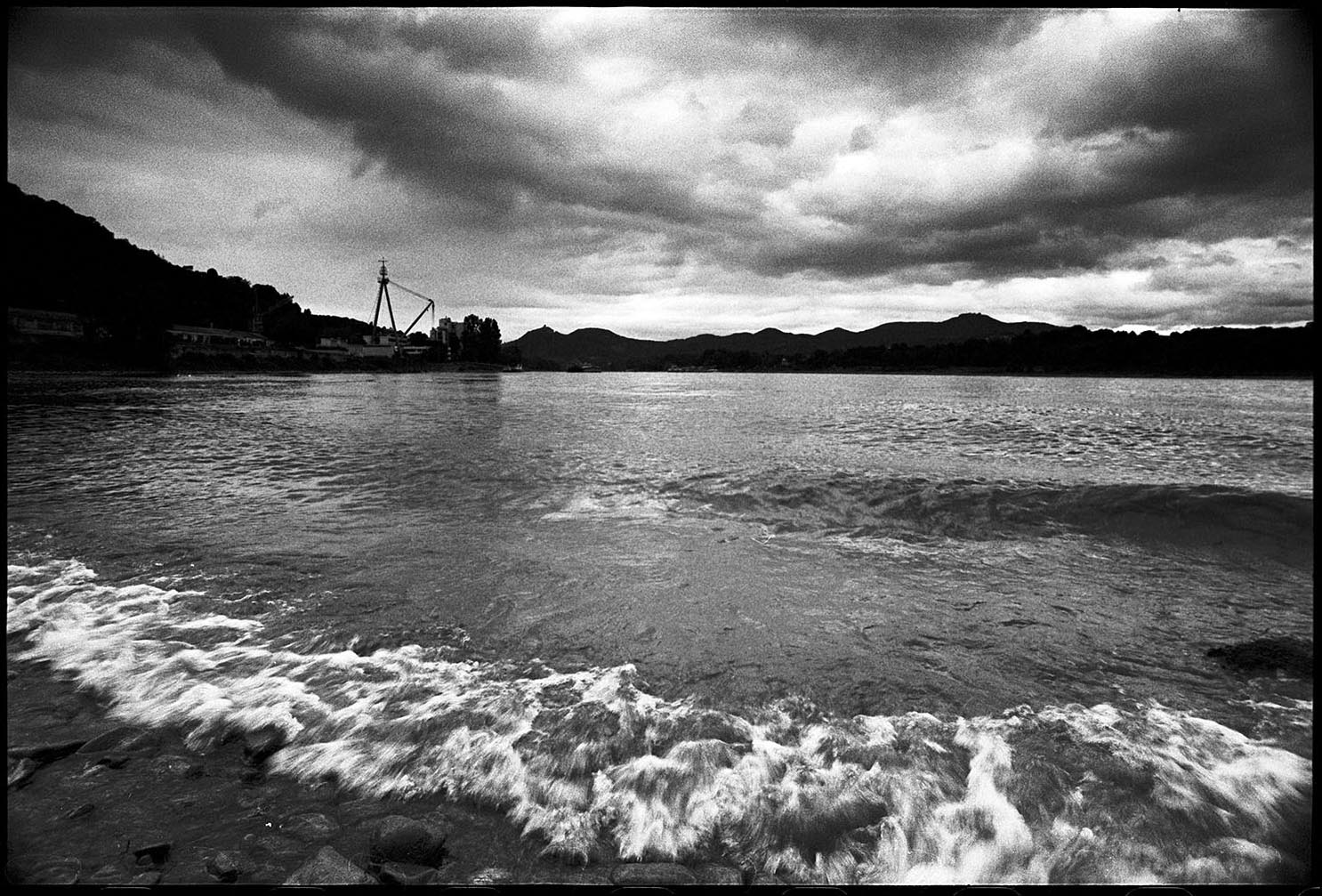
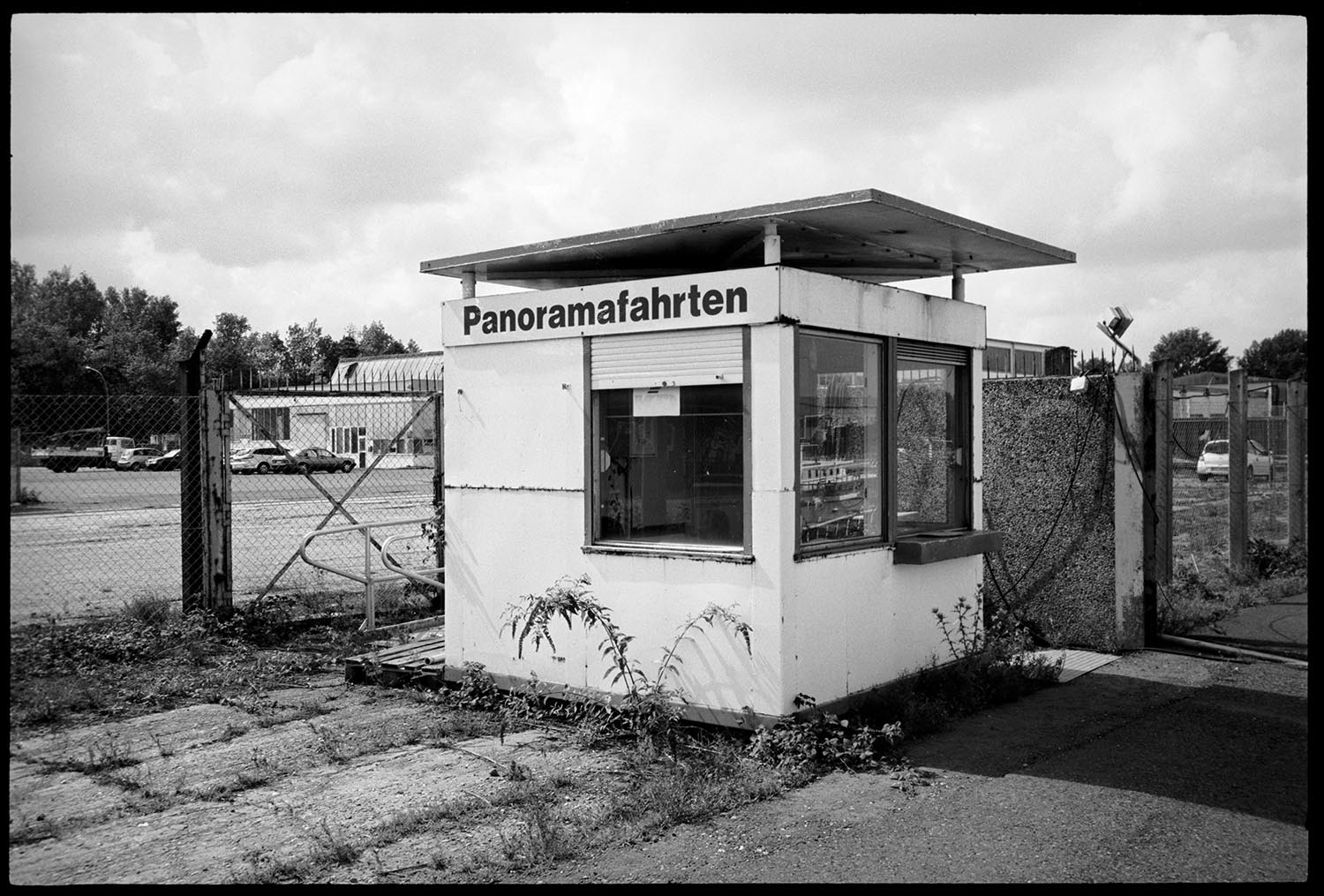
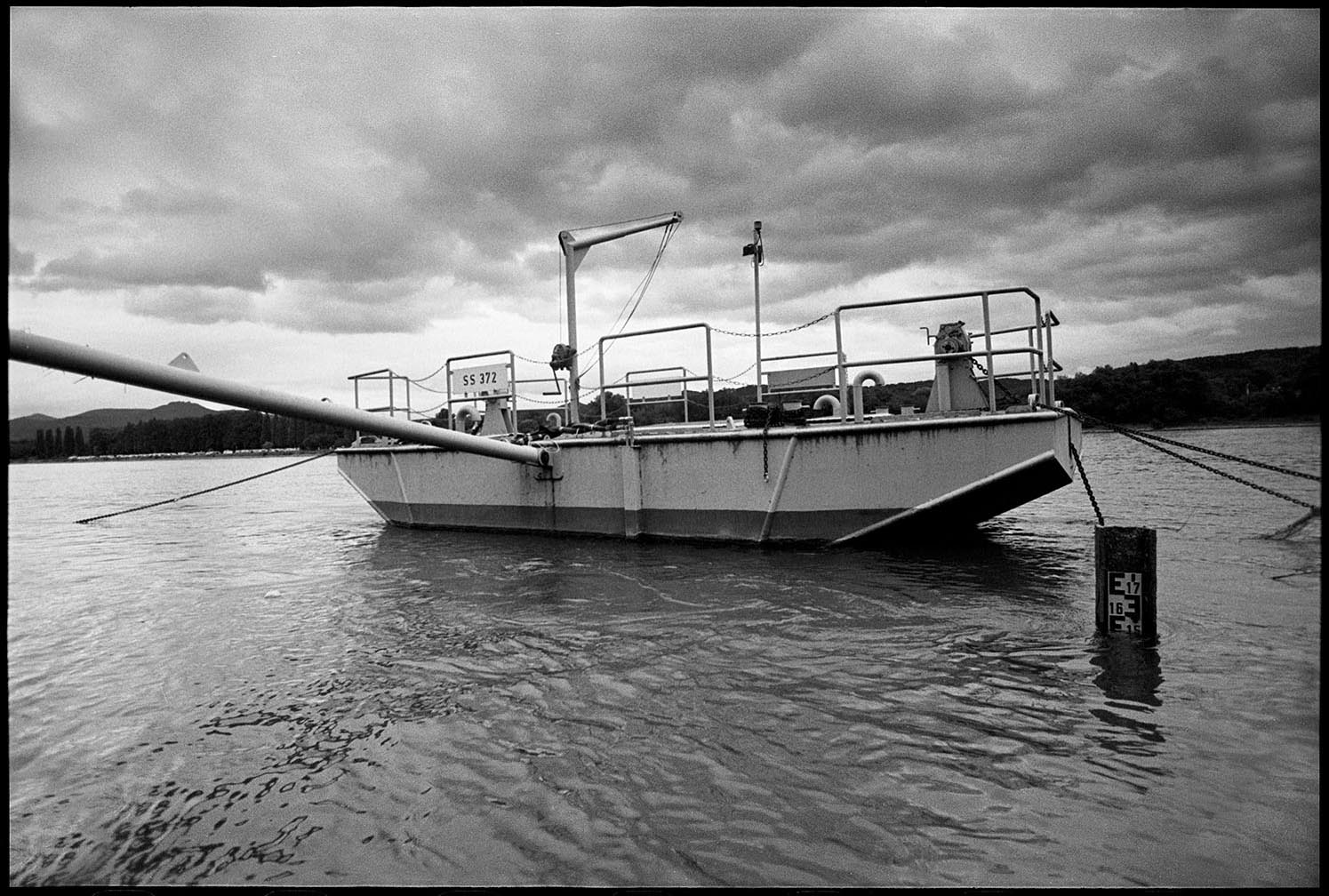
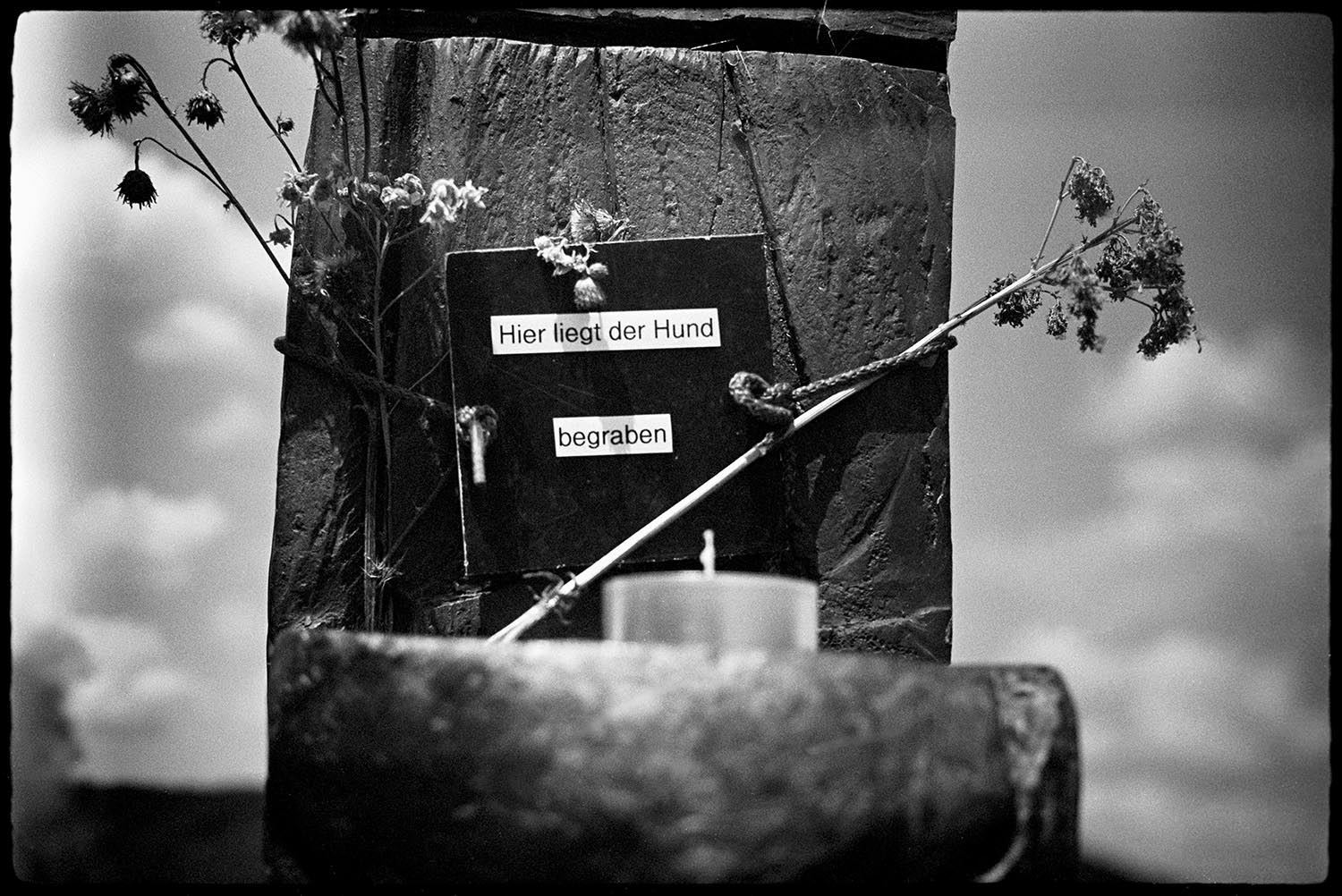

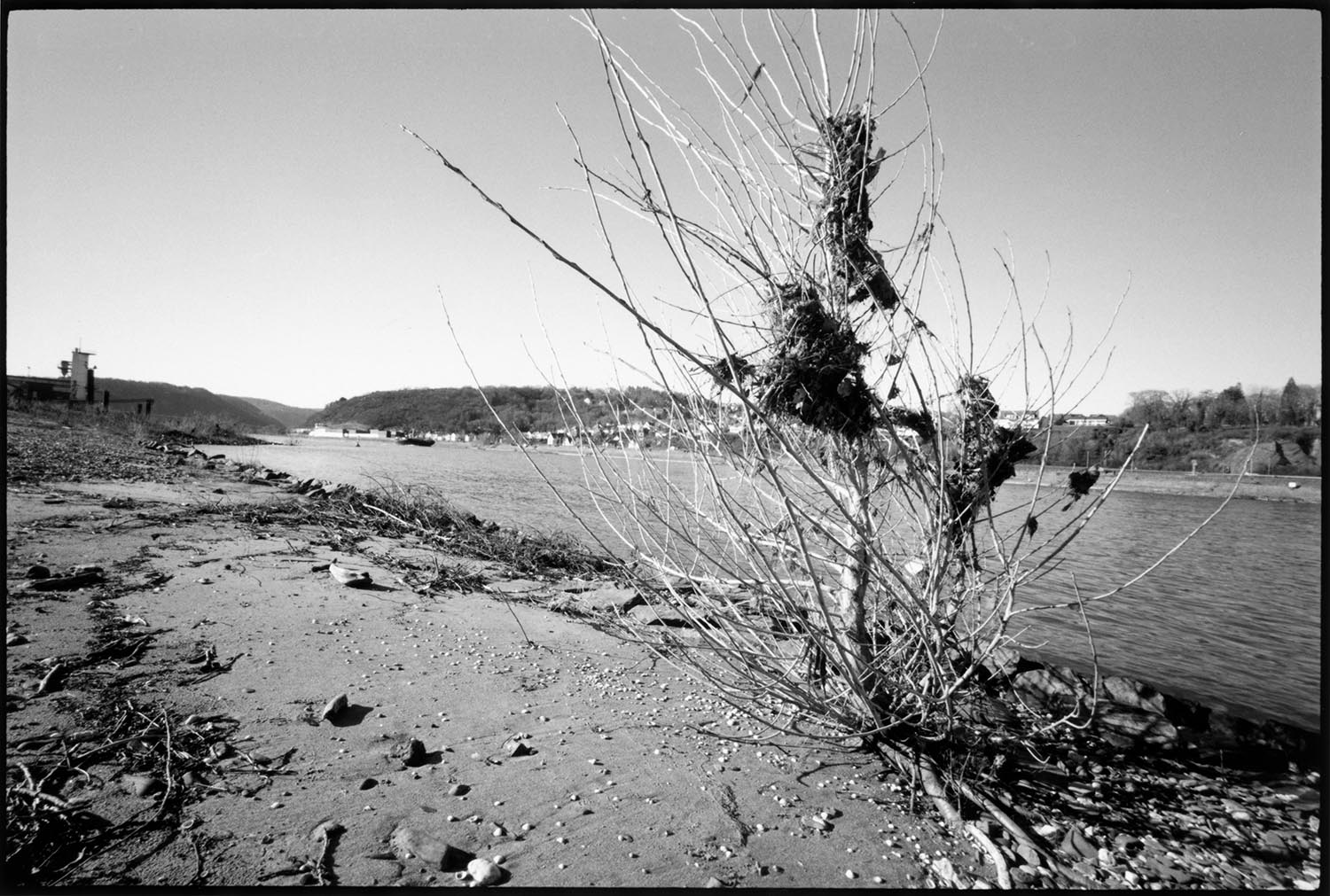
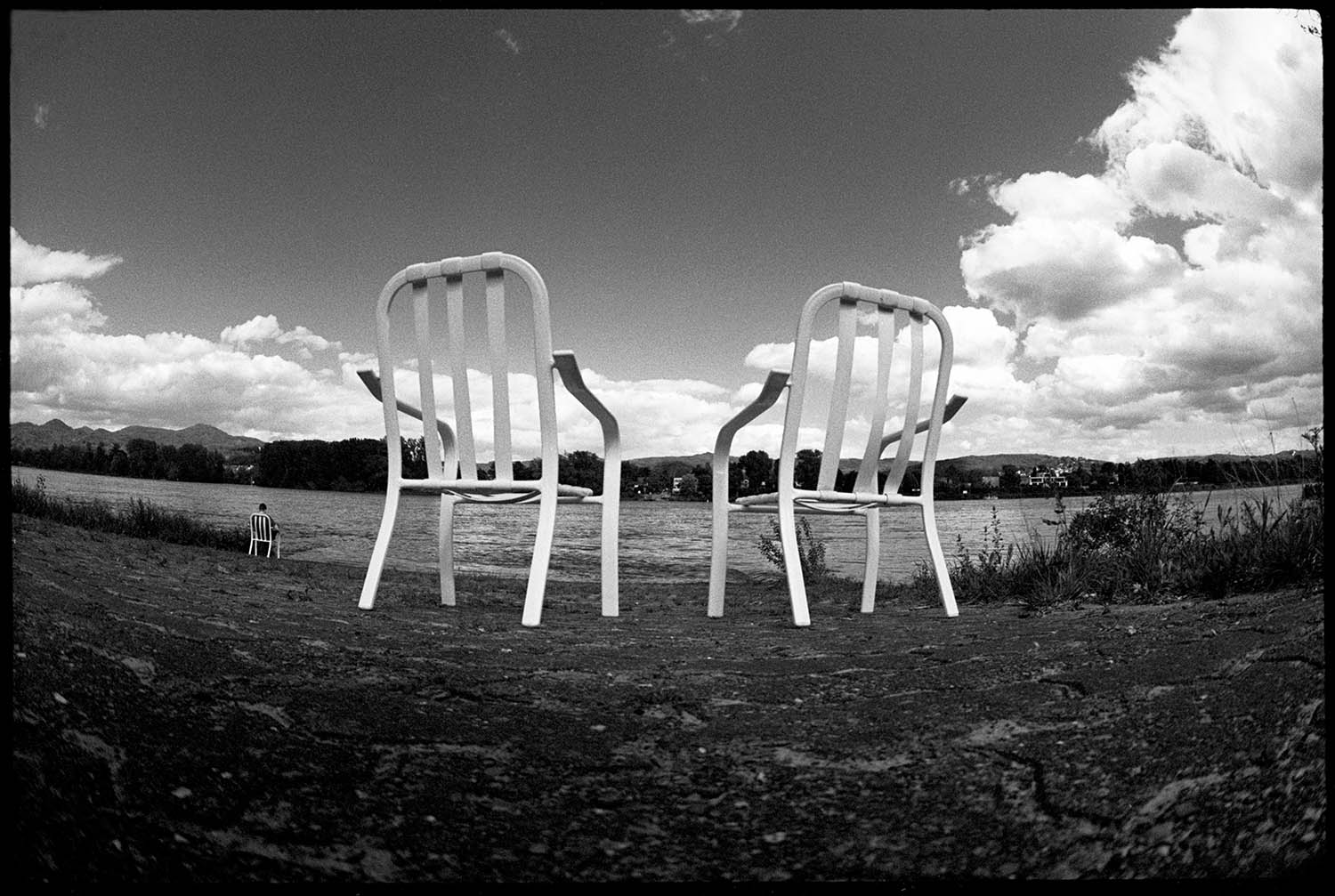
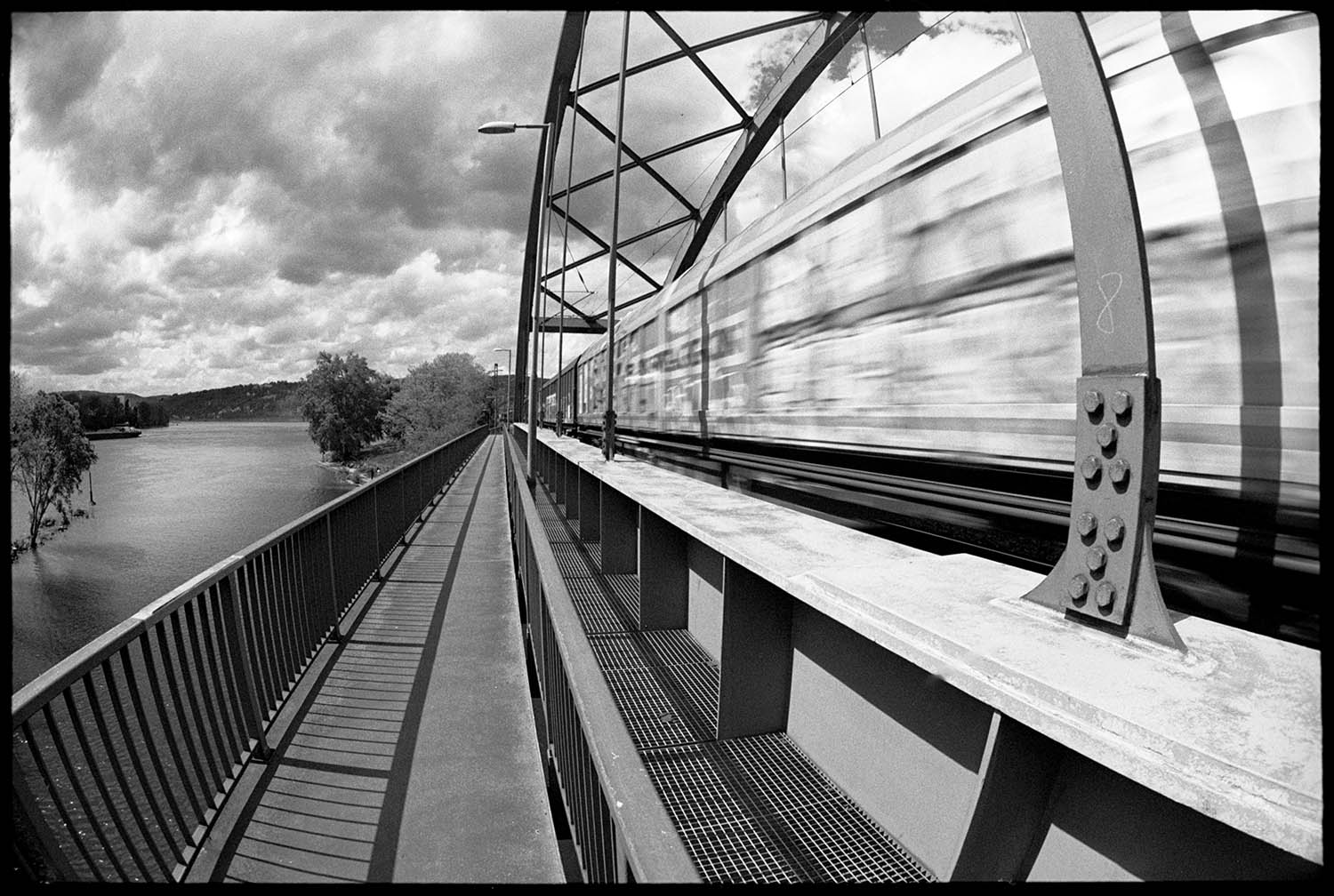
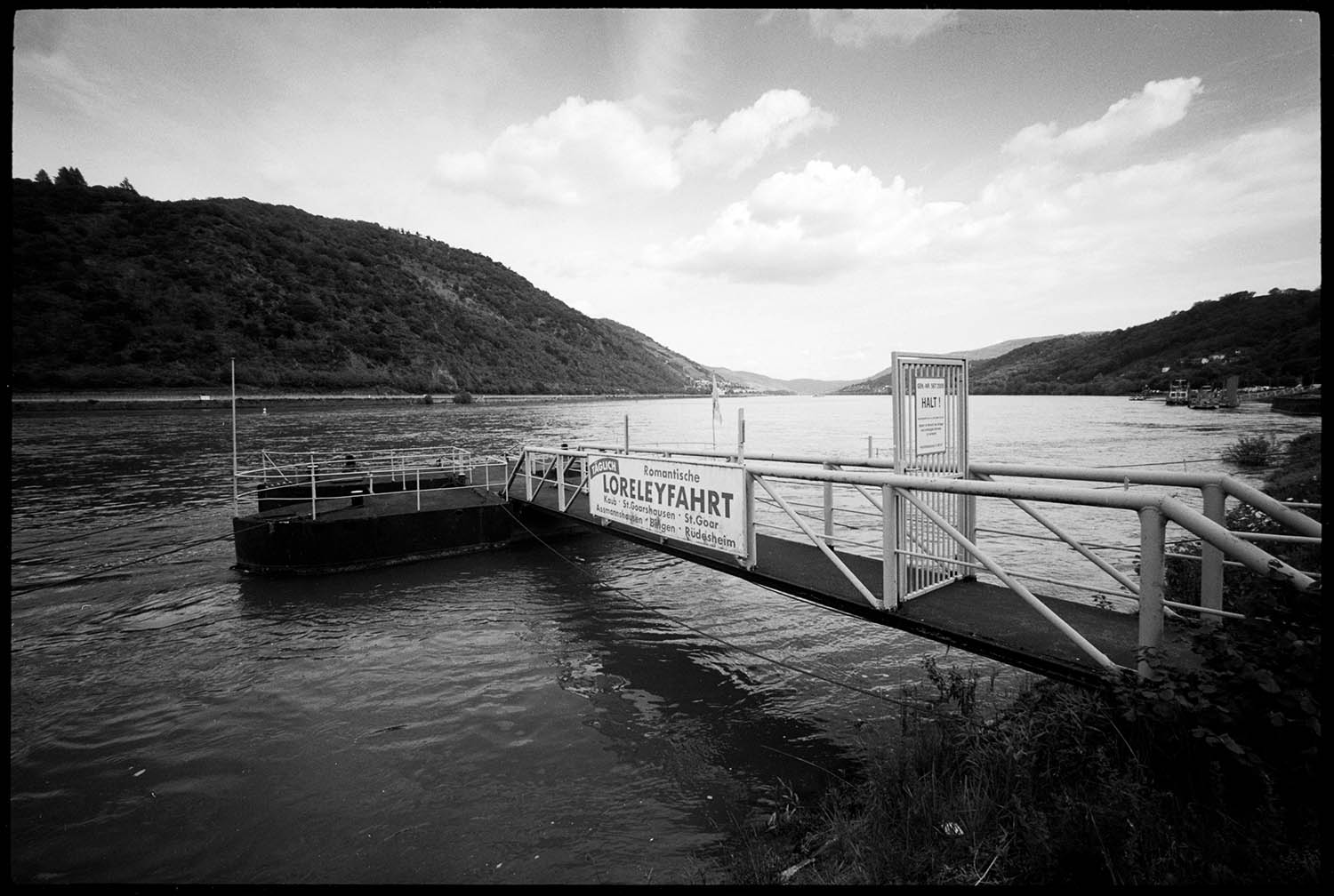
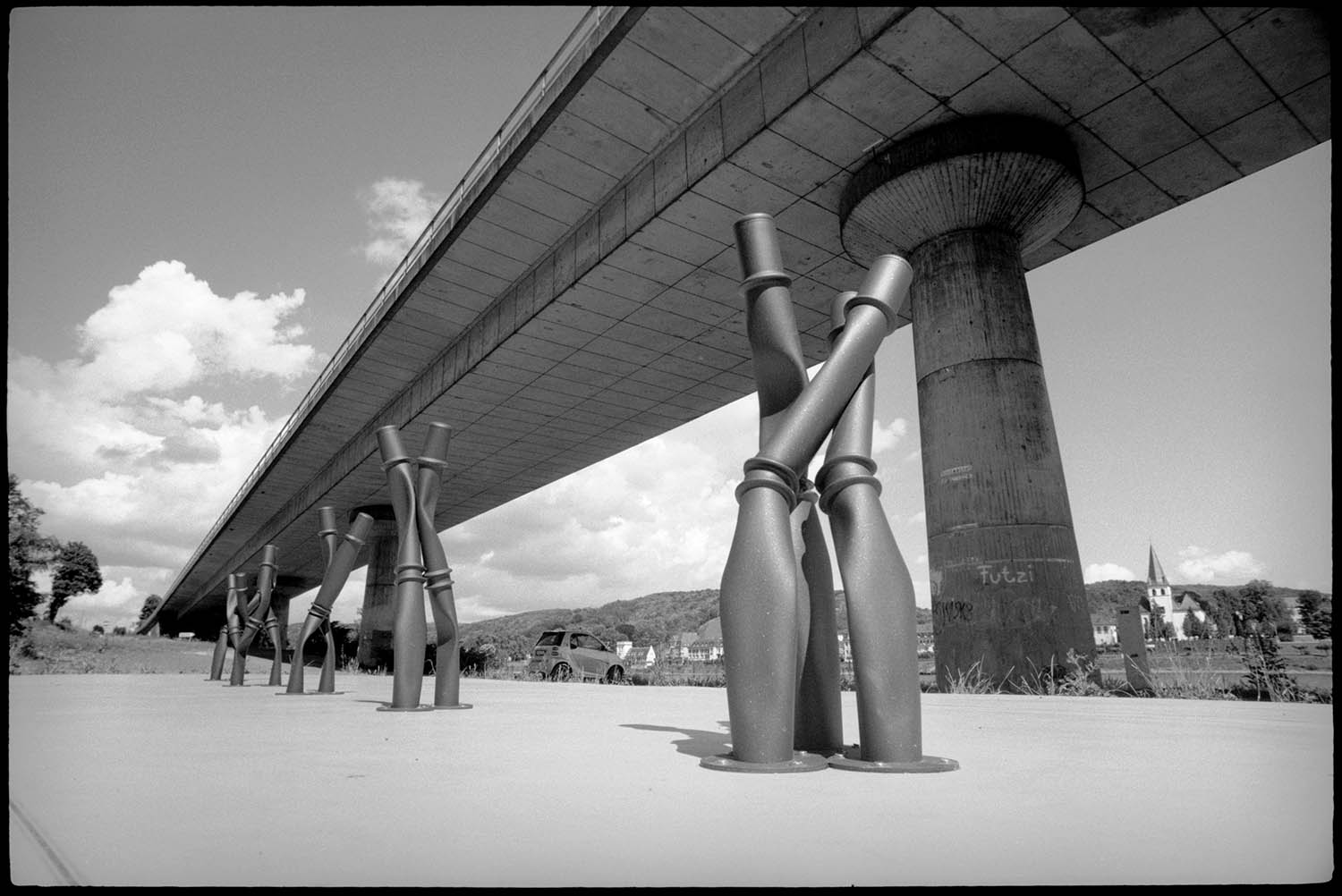
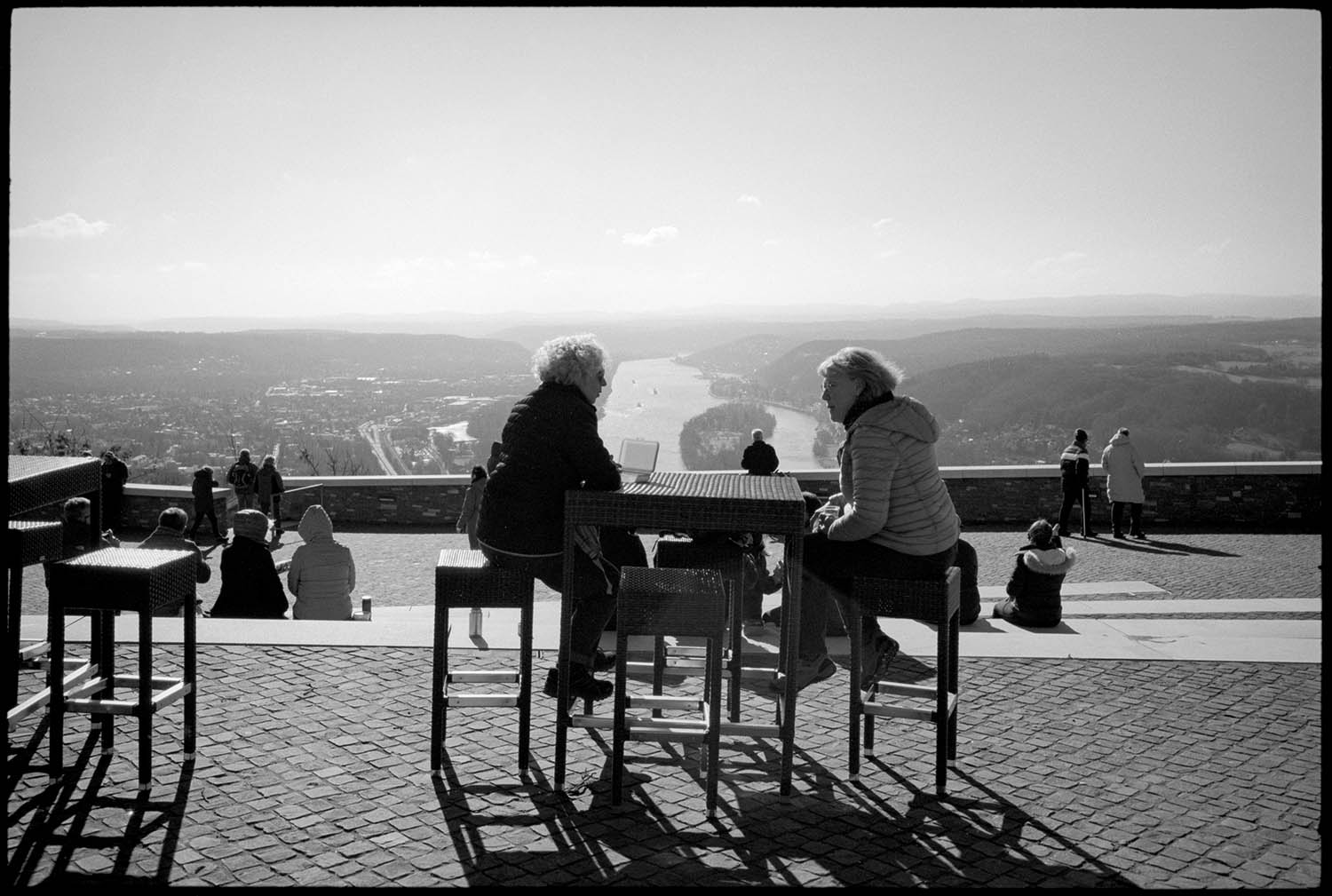
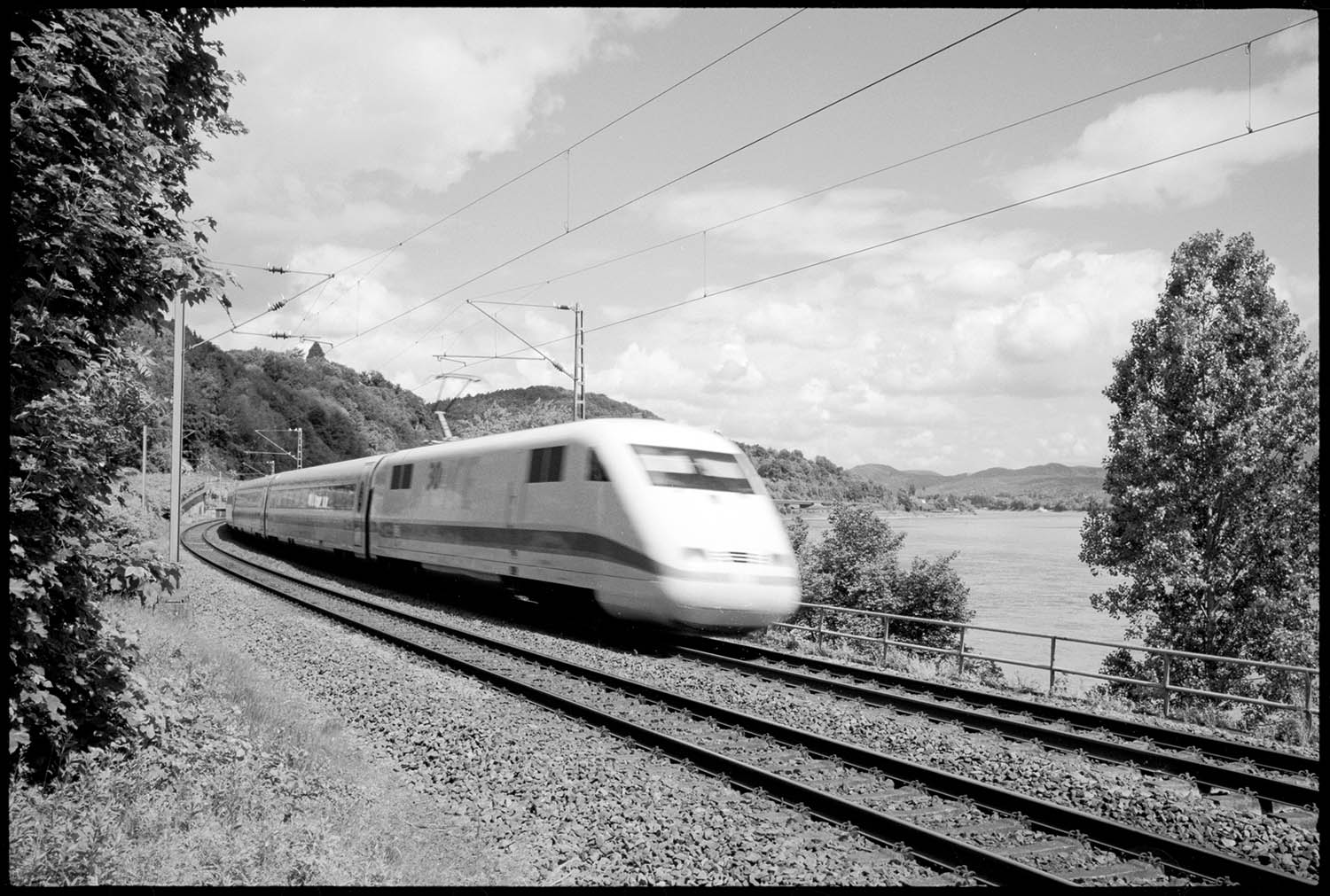
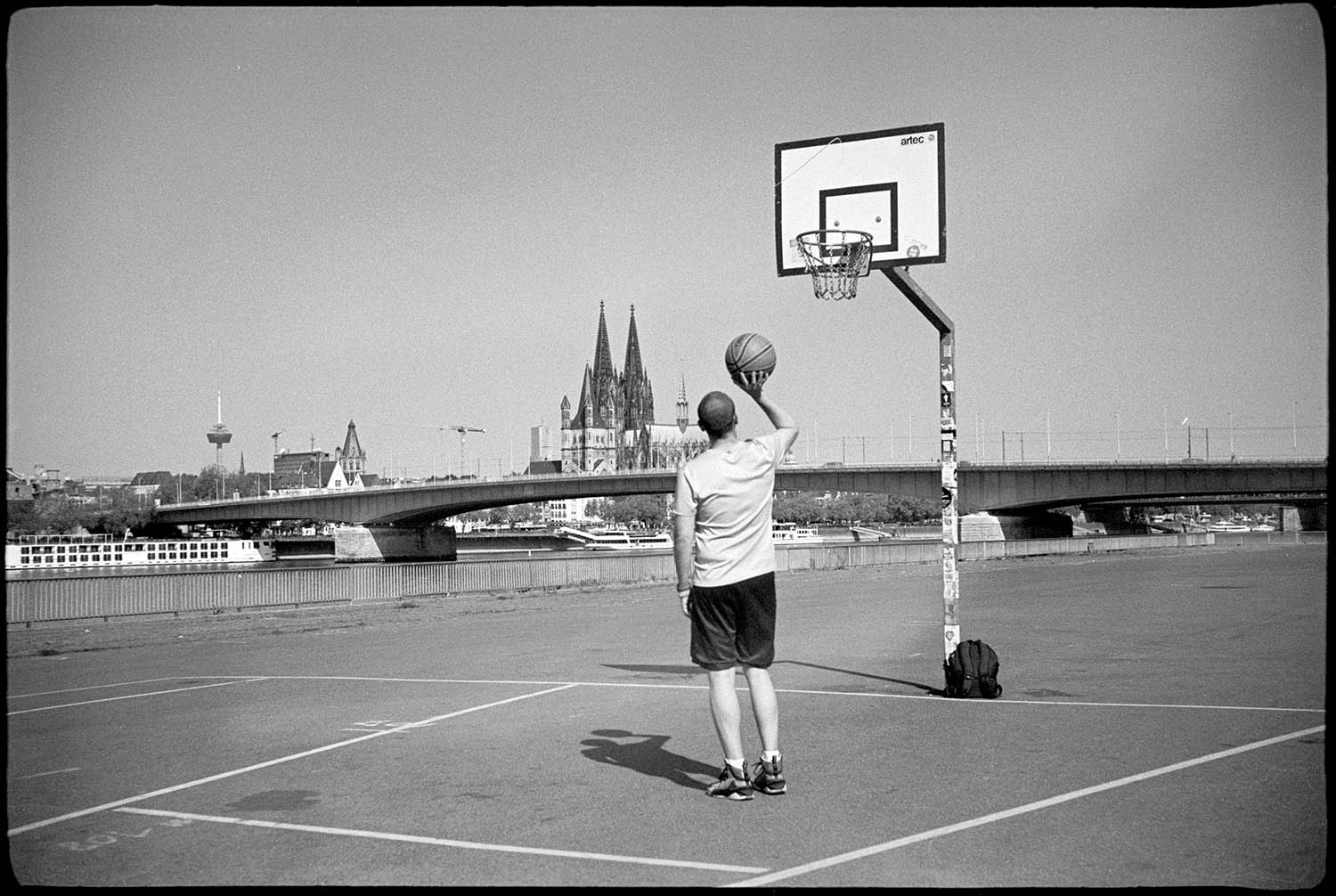
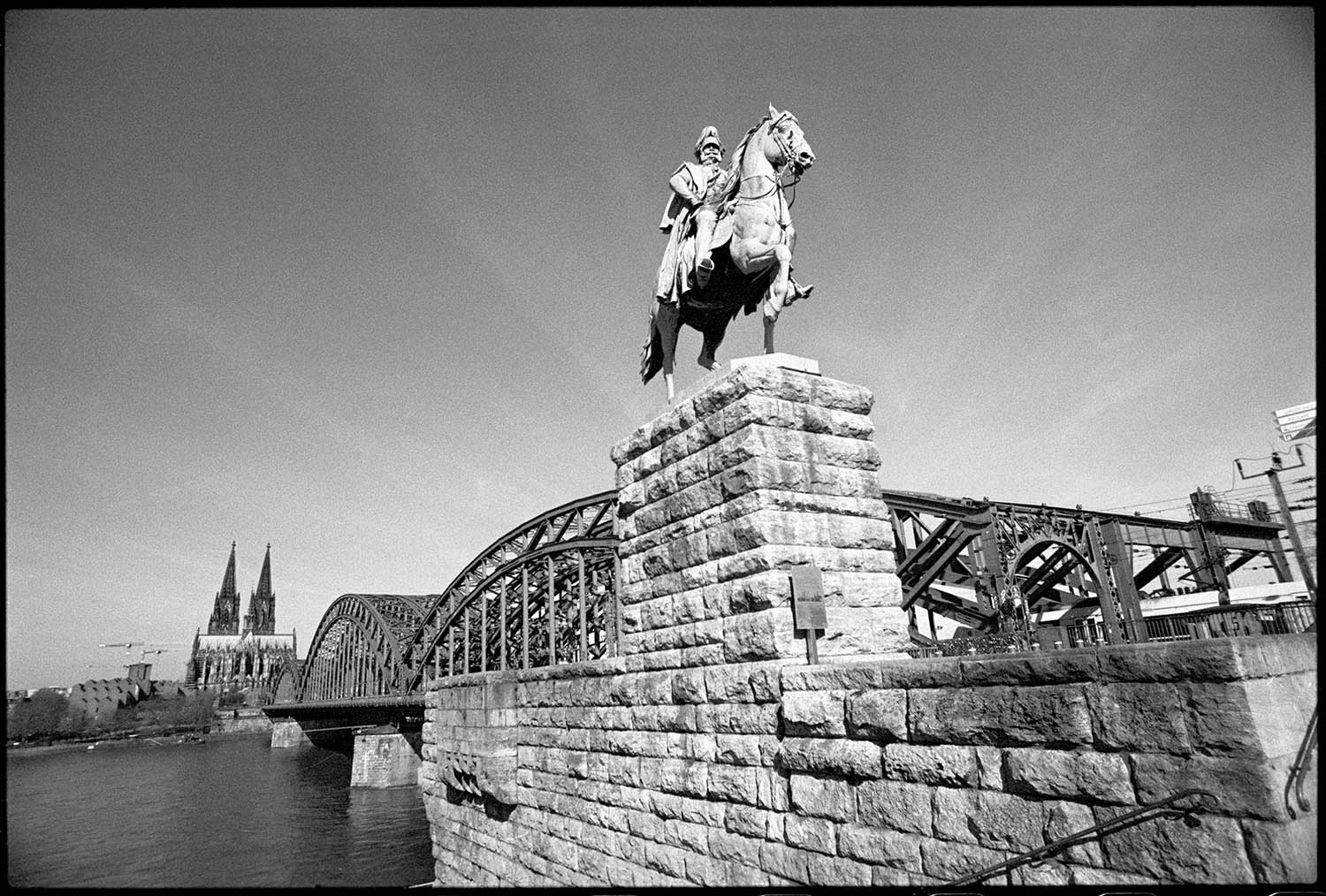
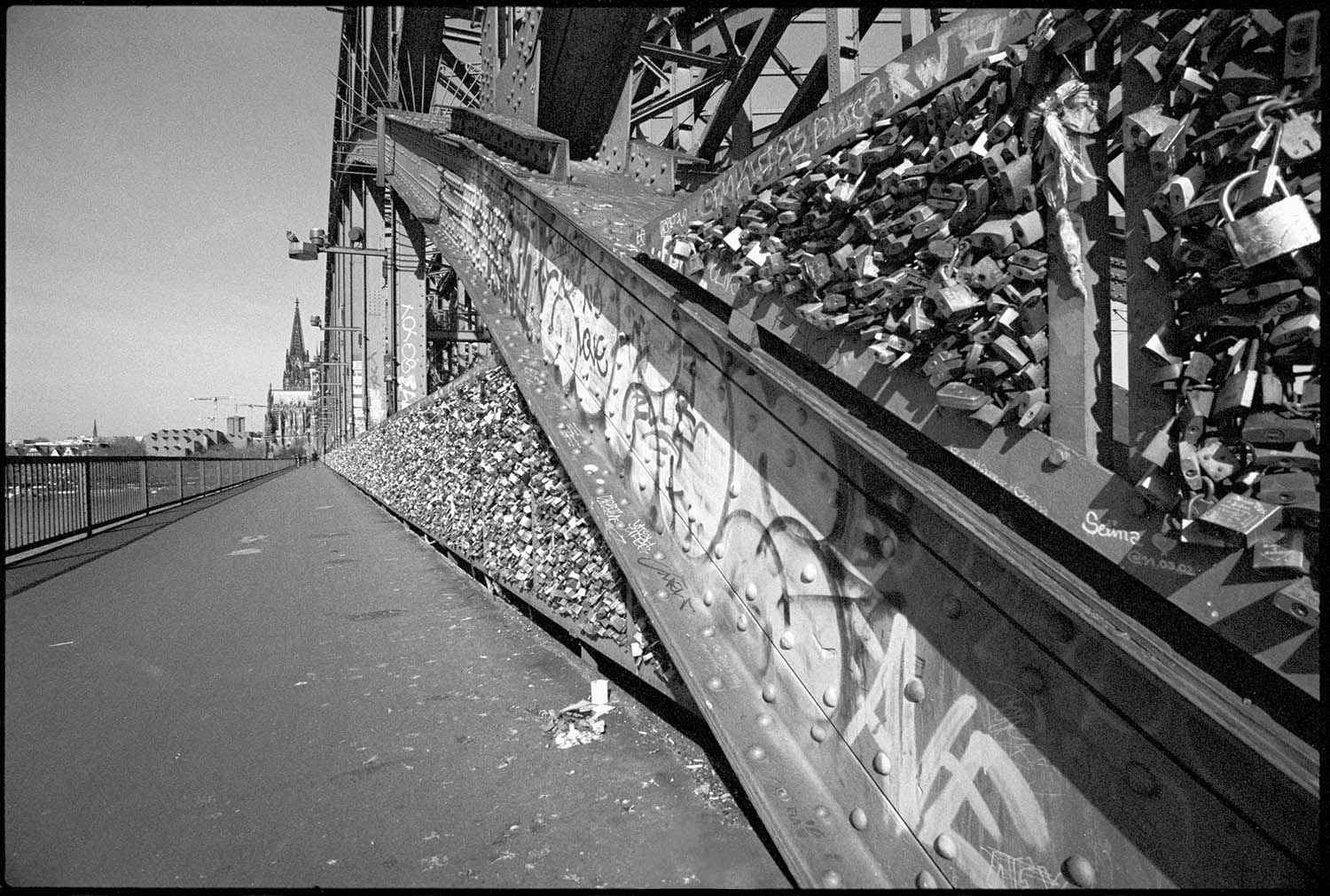
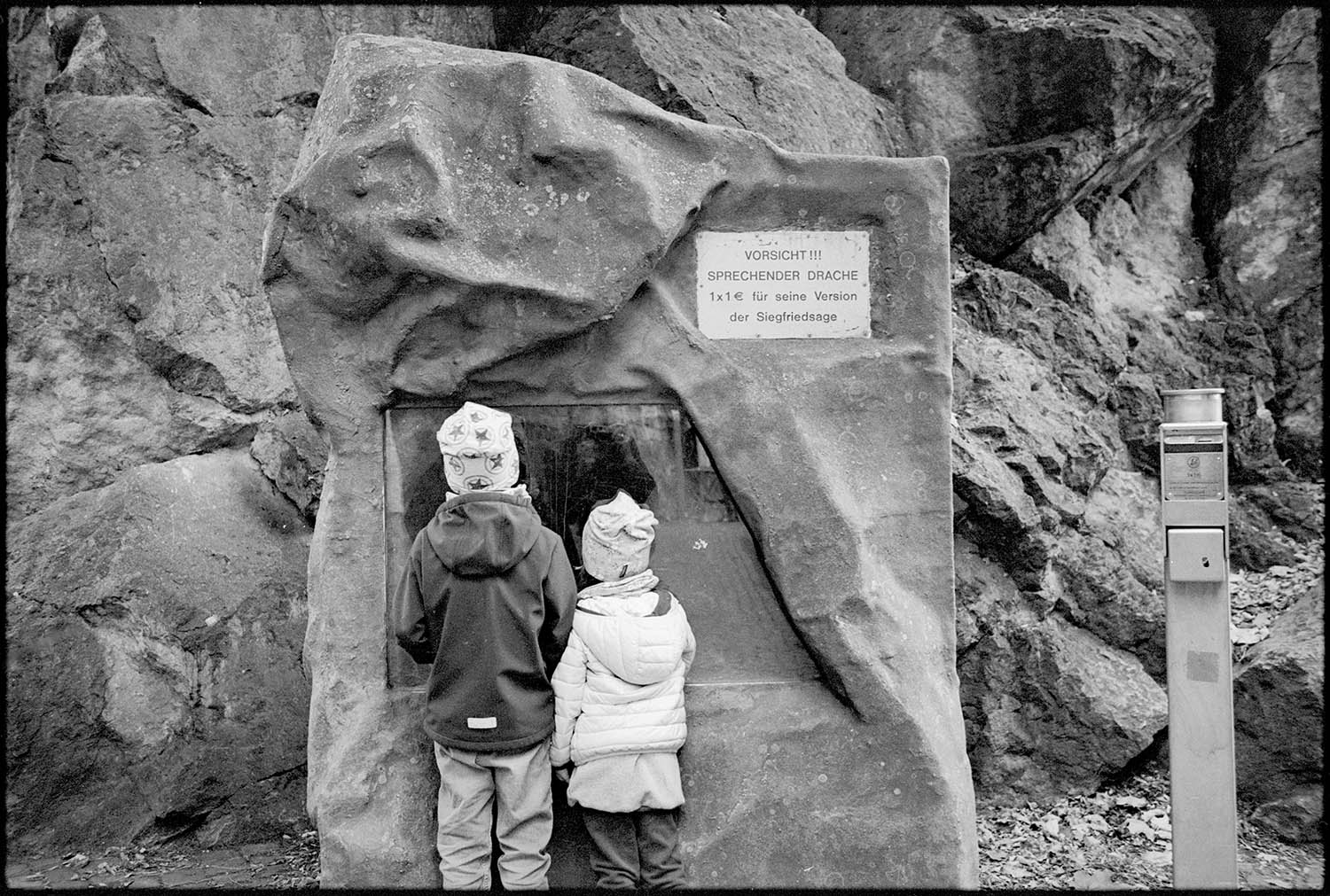
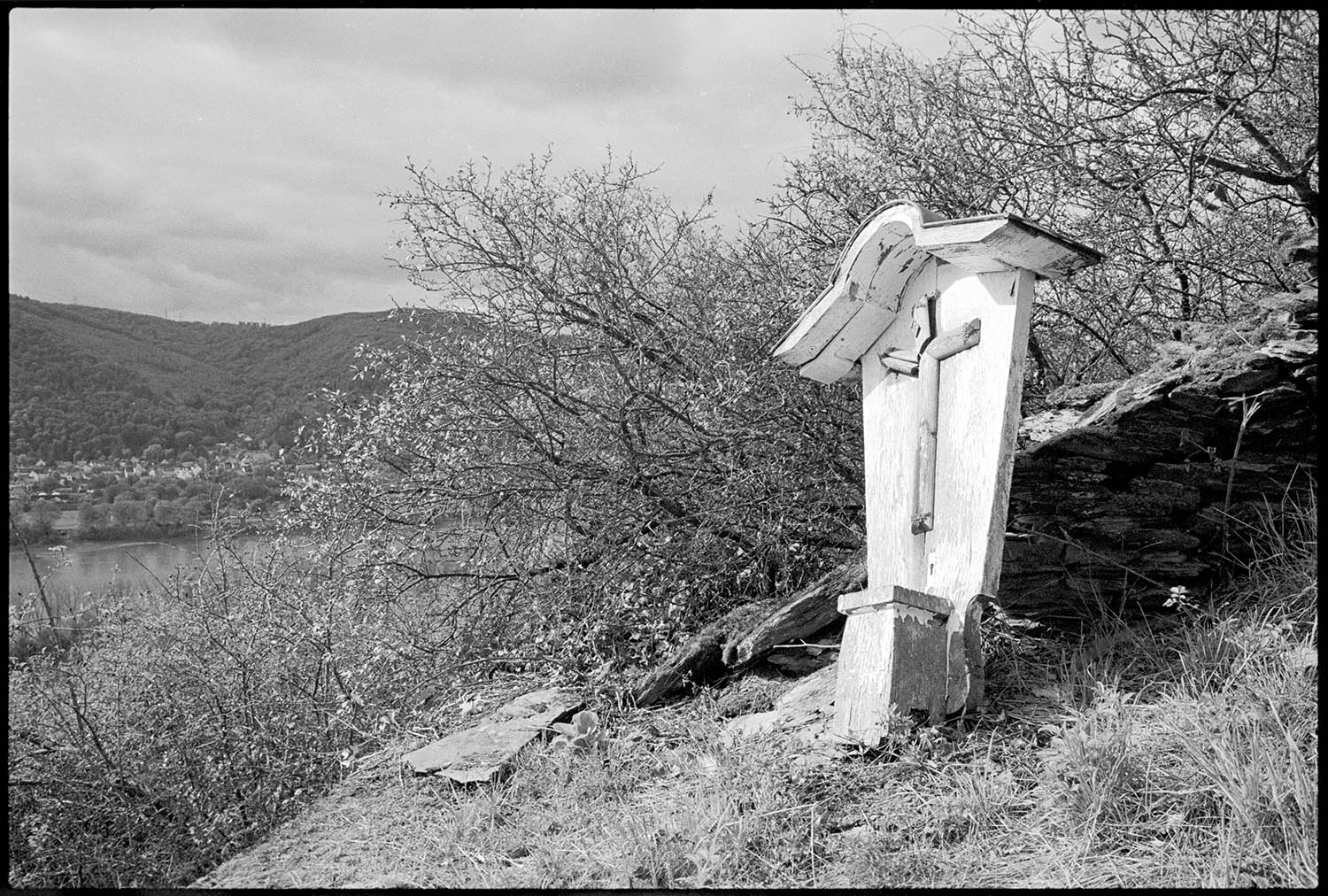
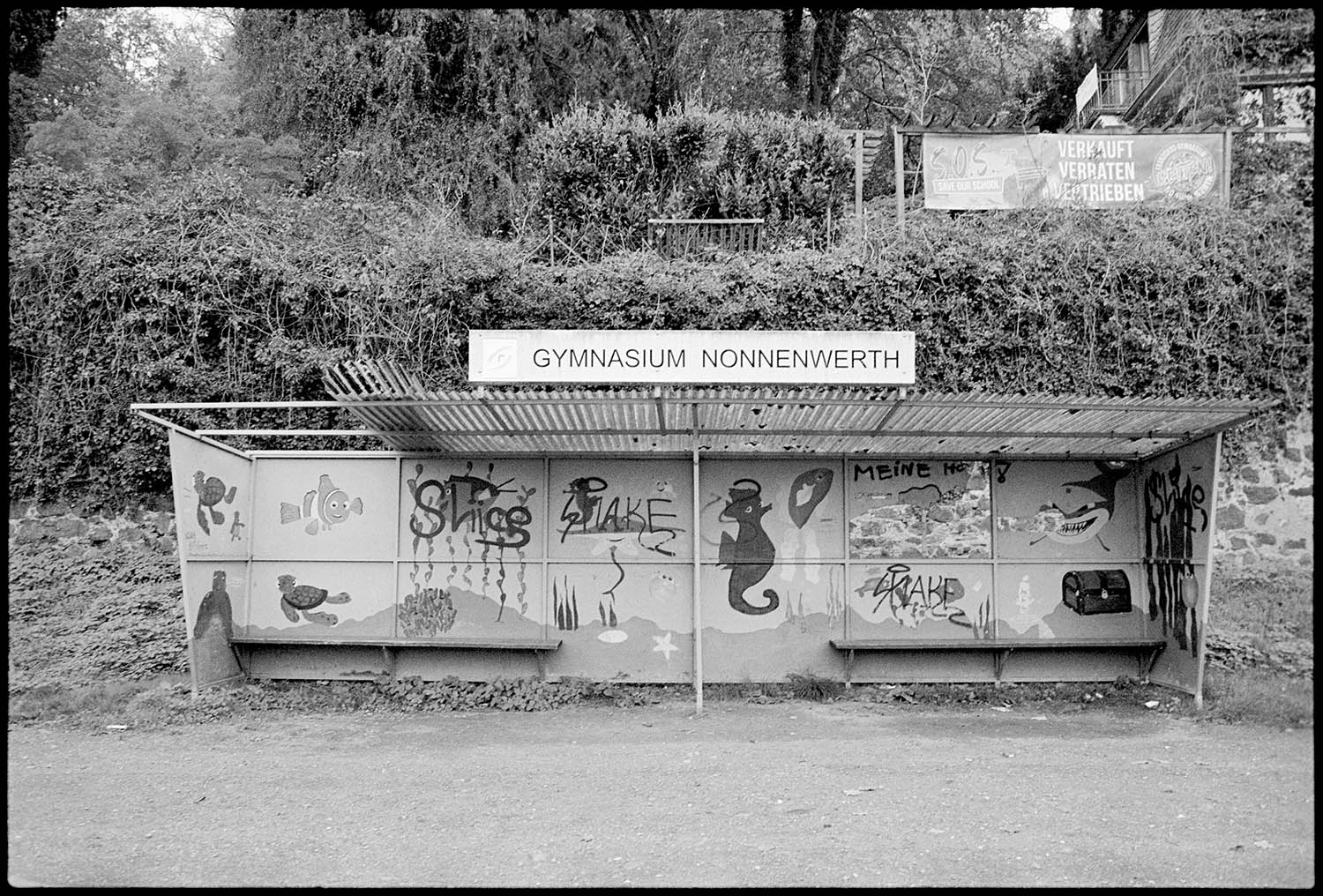
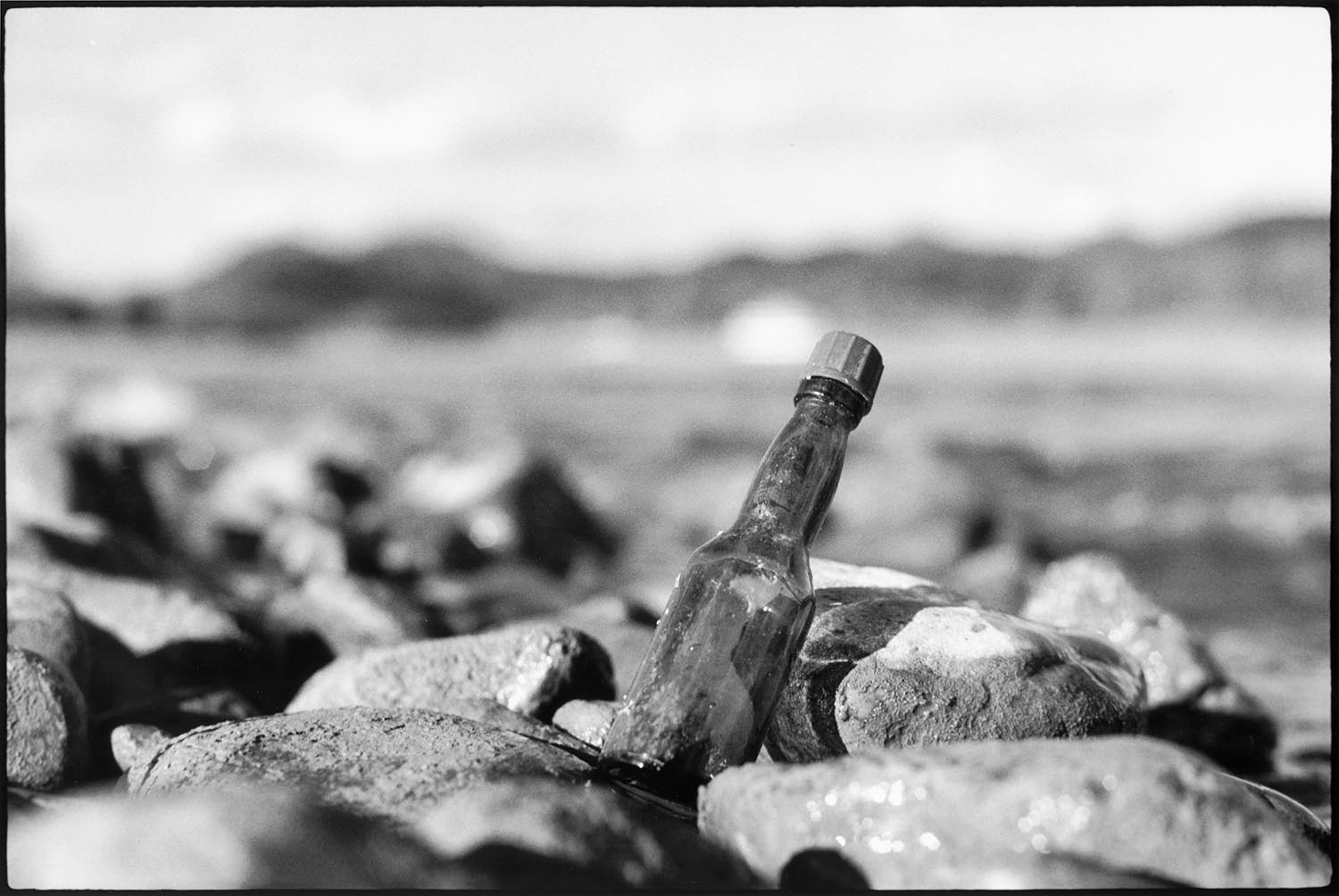

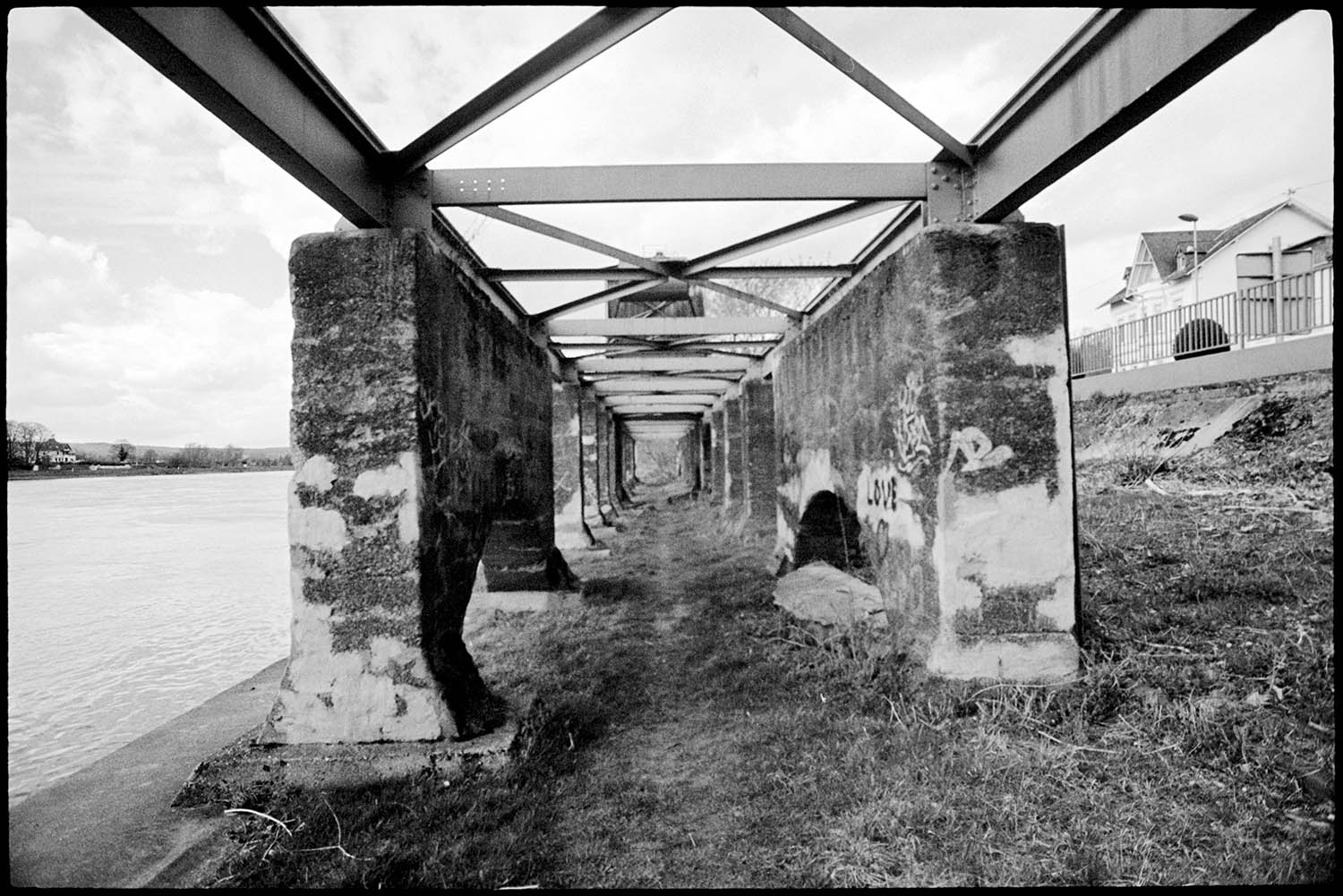
 Webseite auf Deutsch
Webseite auf Deutsch Website in English
Website in English Hemsida på svenska
Hemsida på svenska